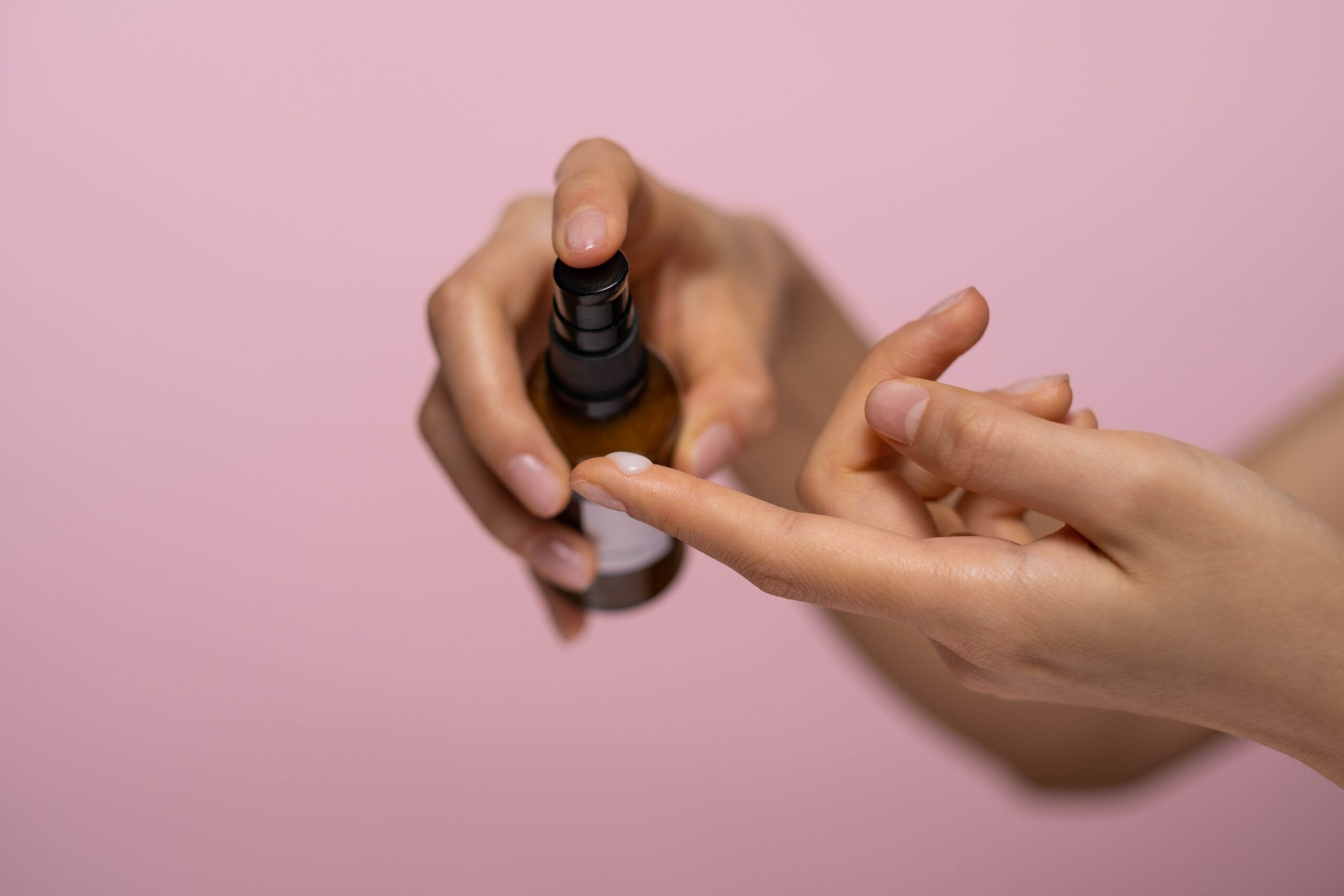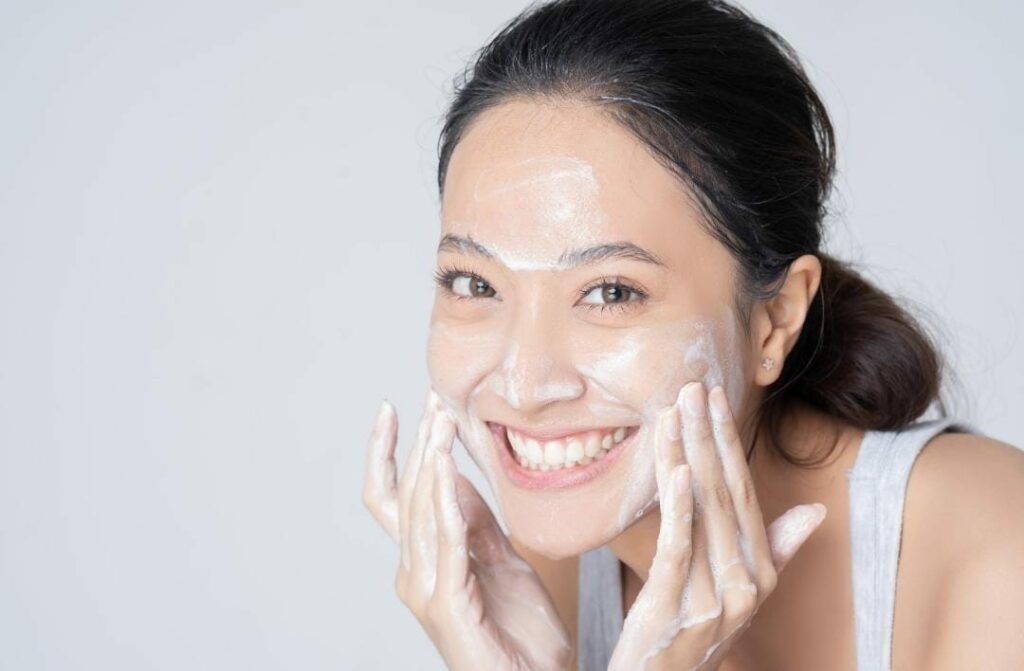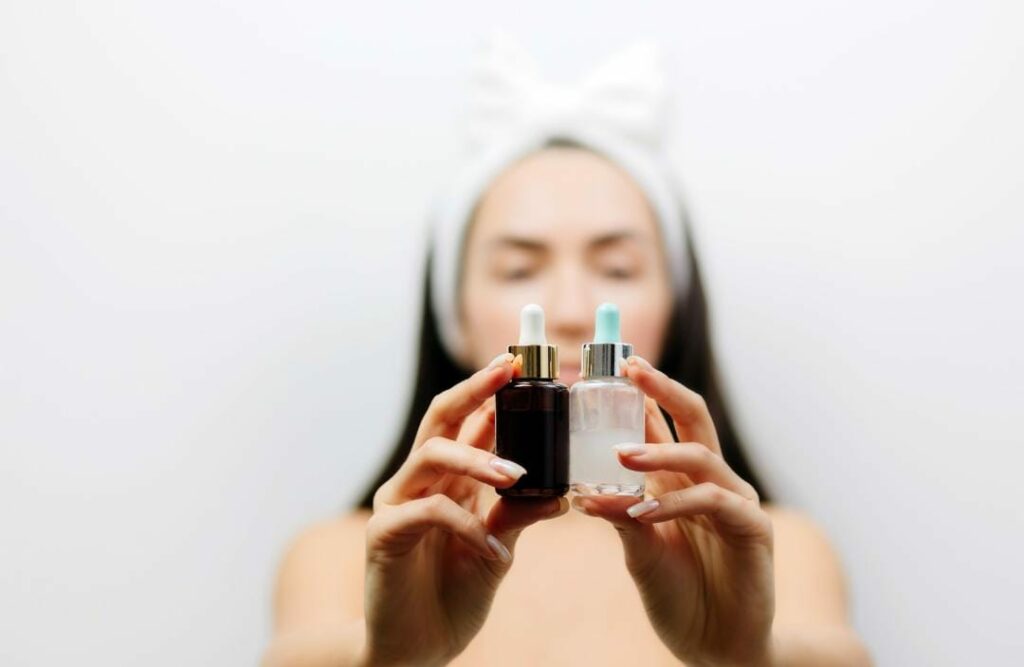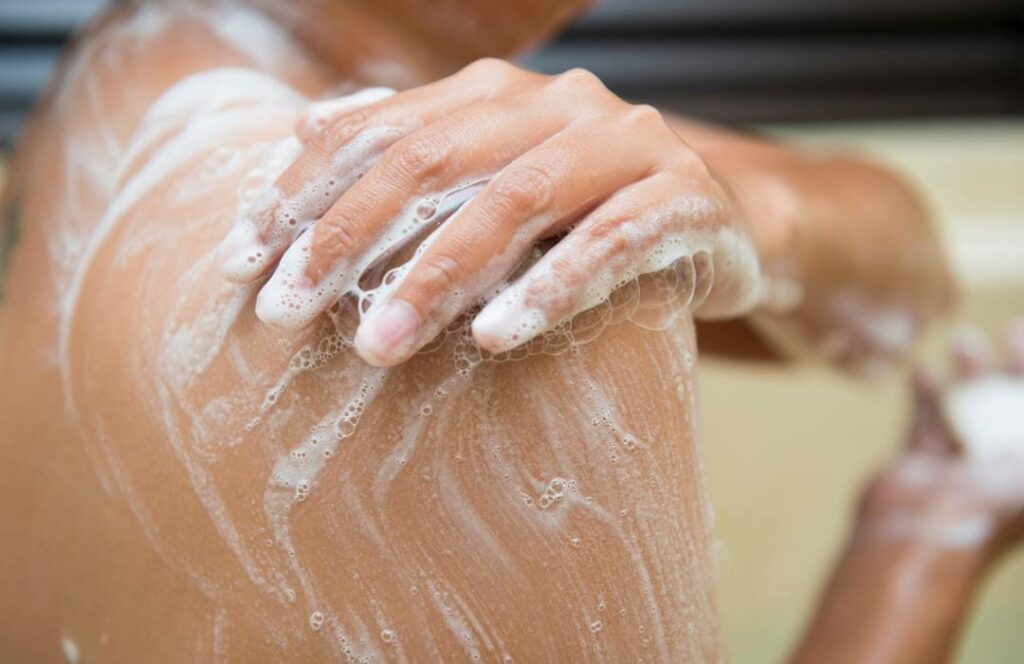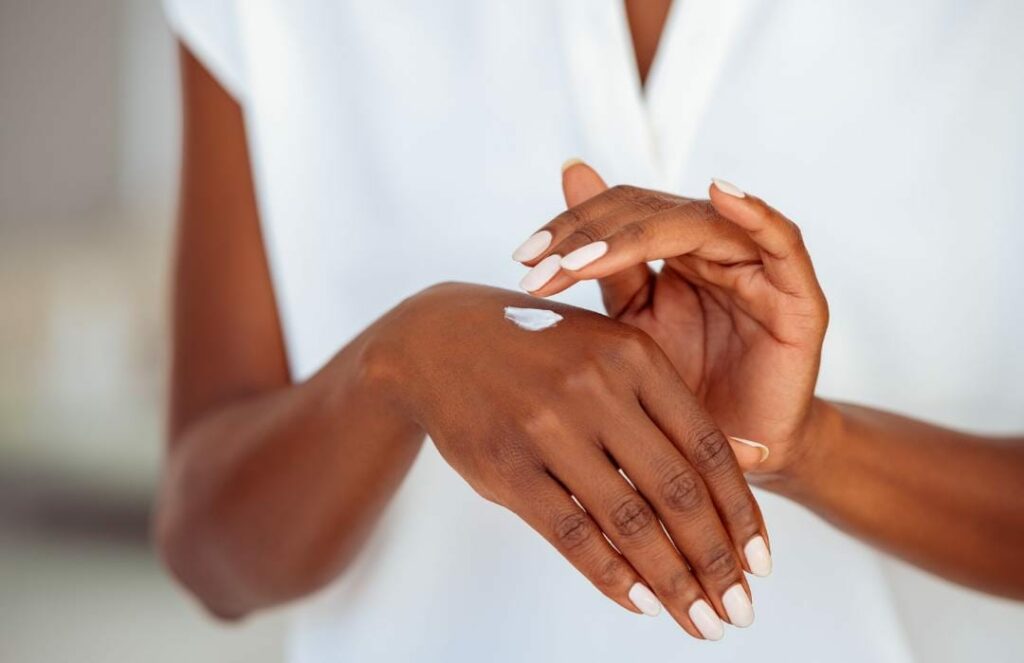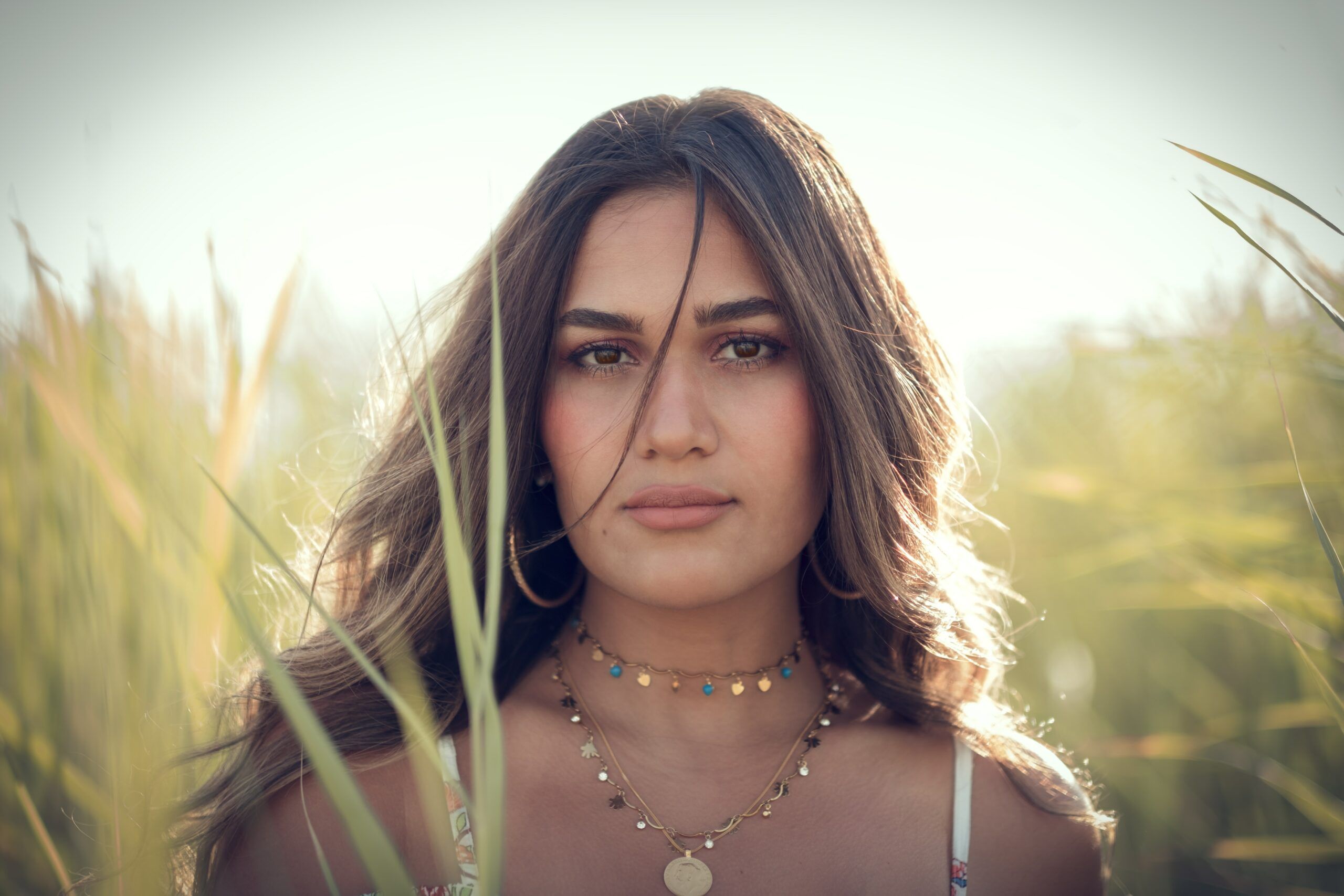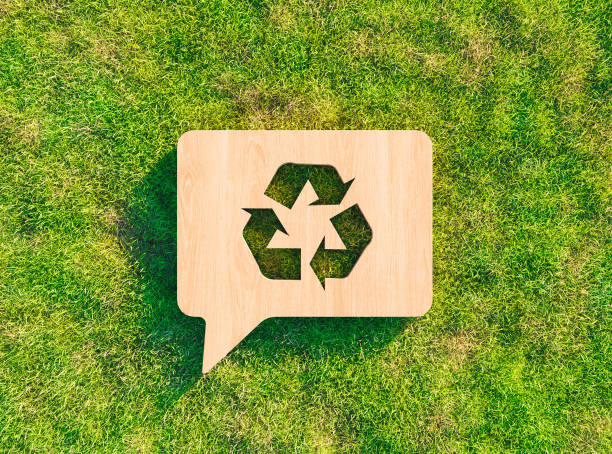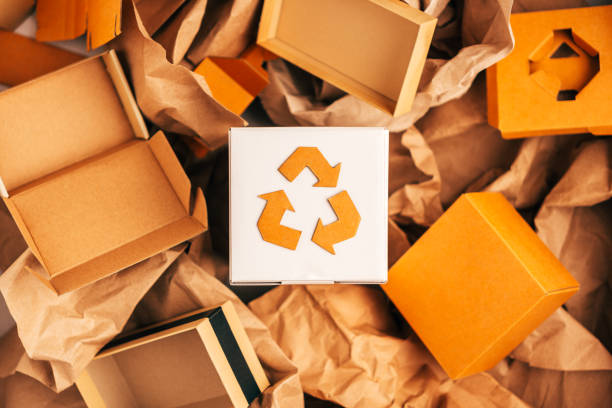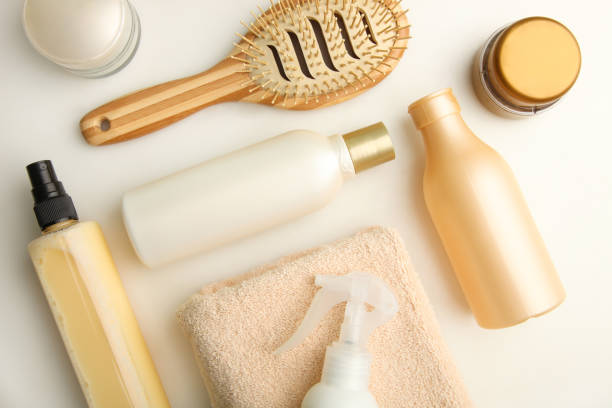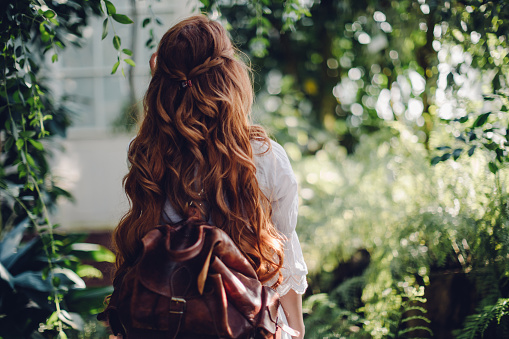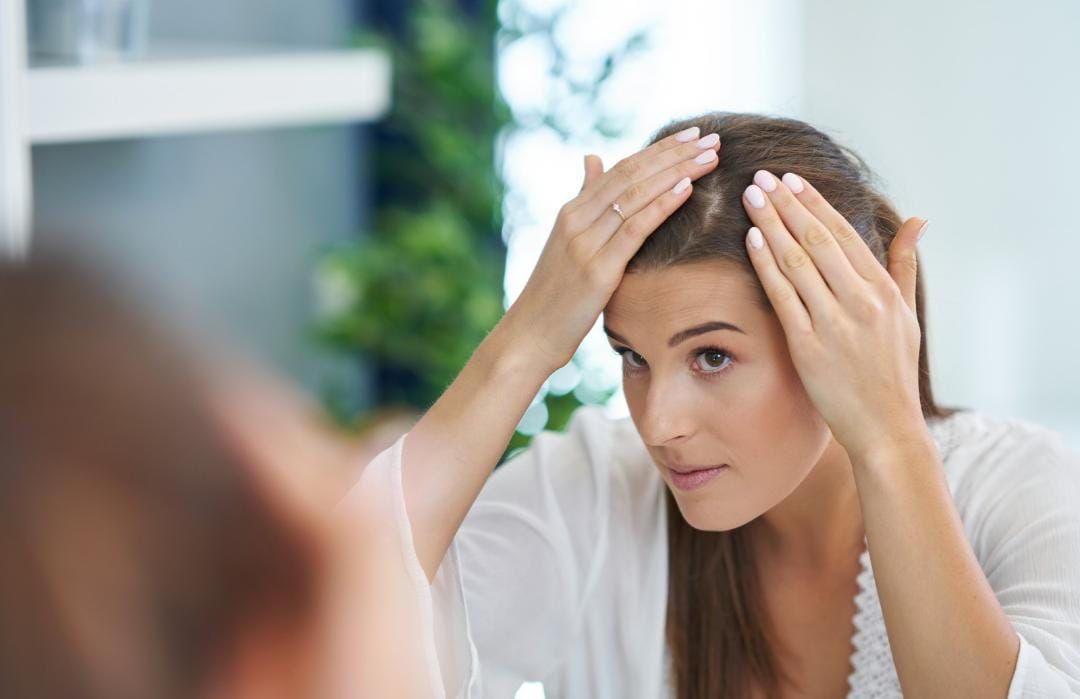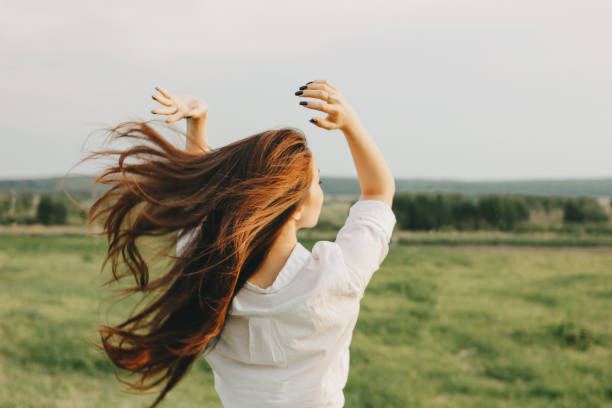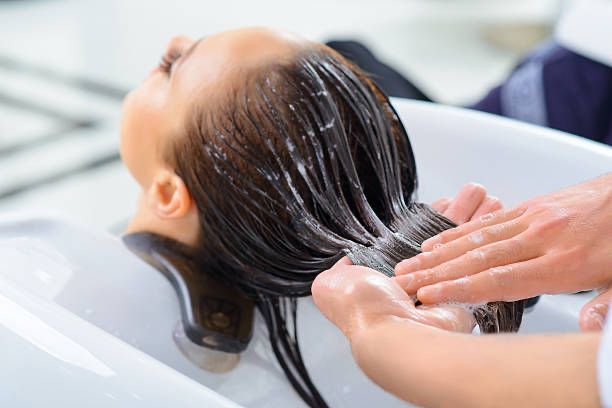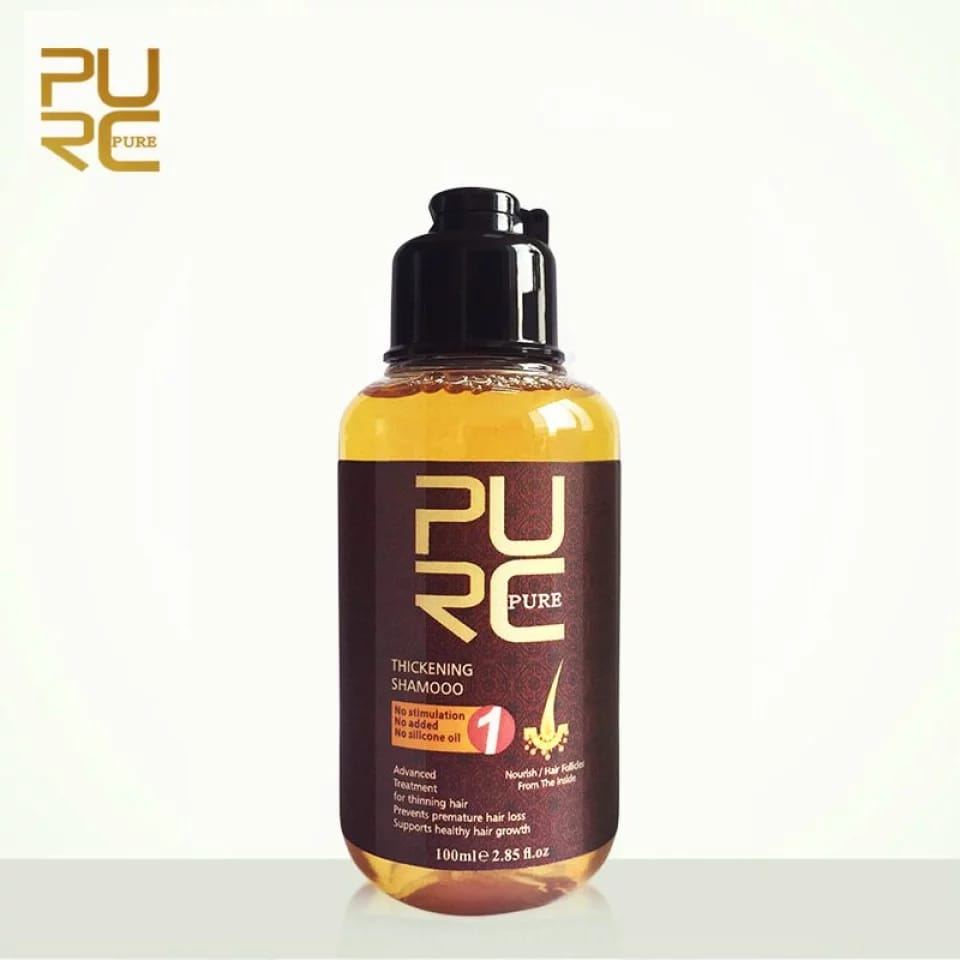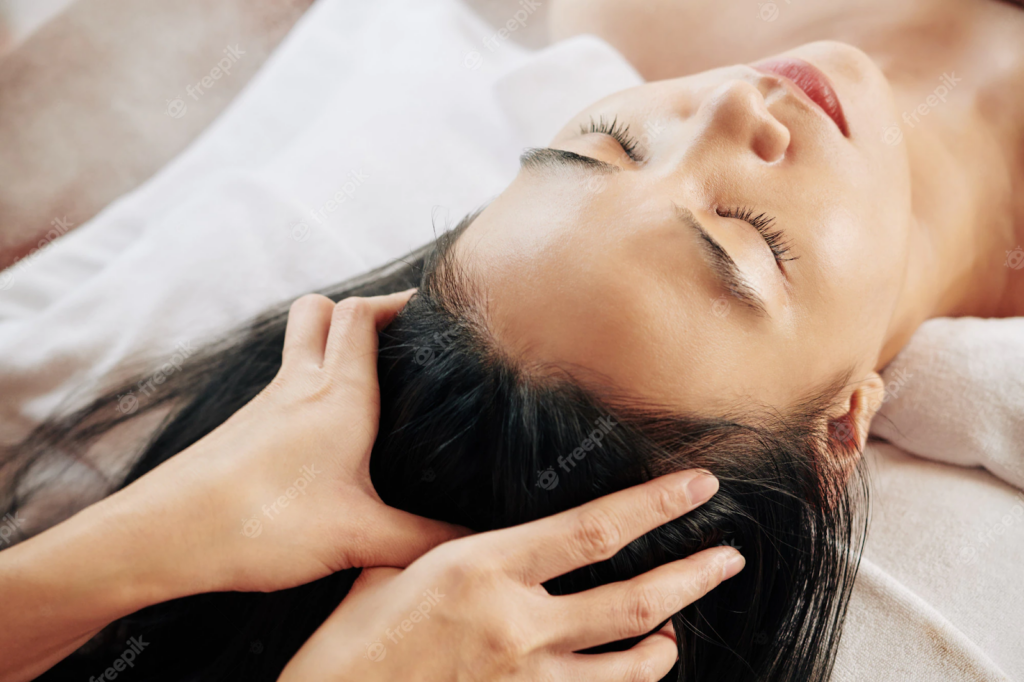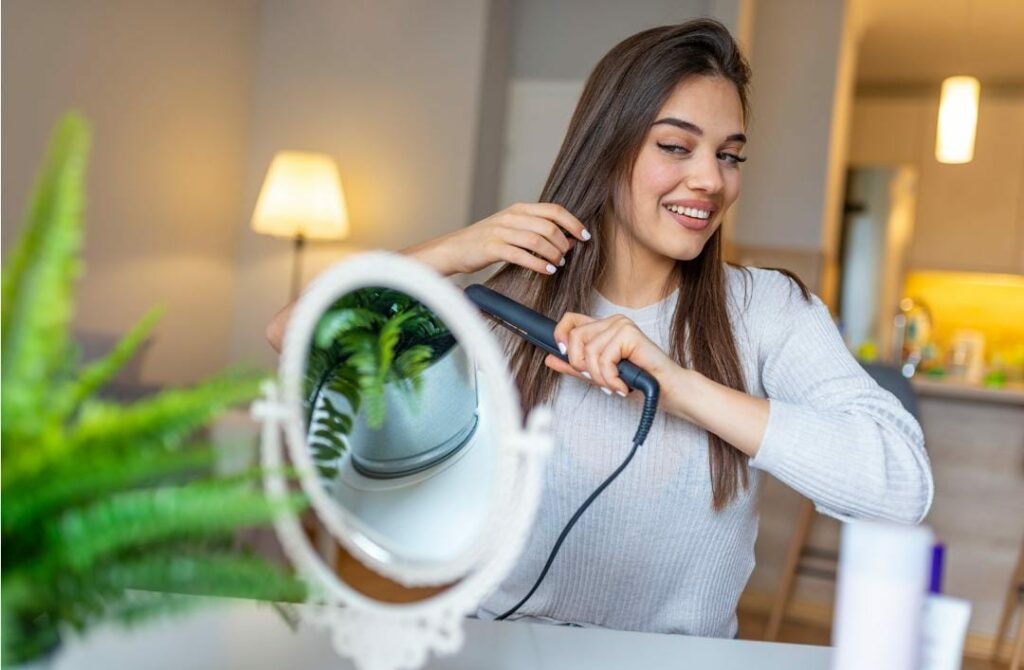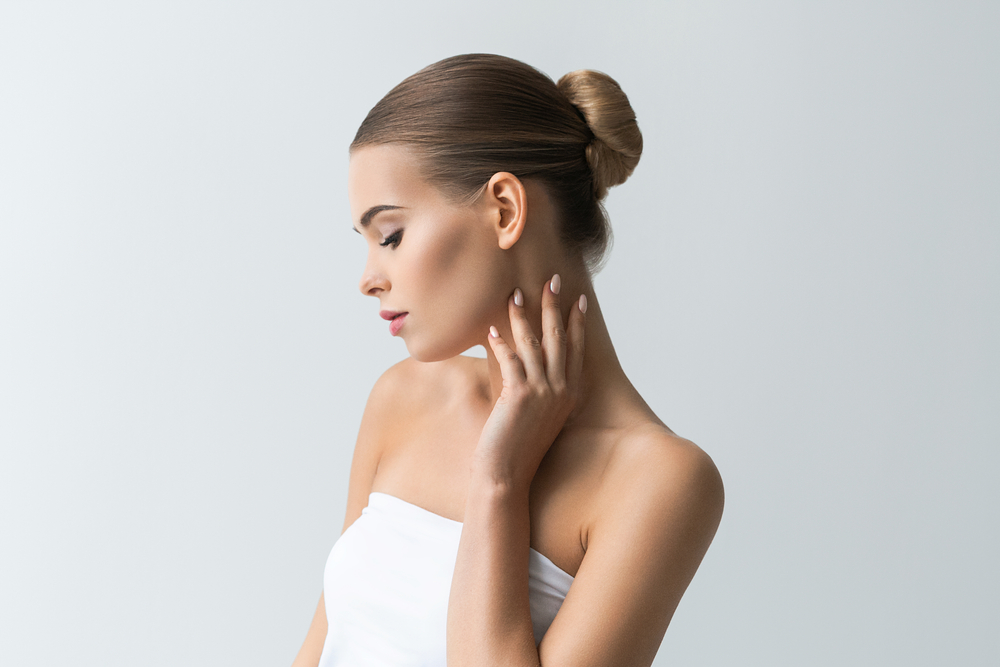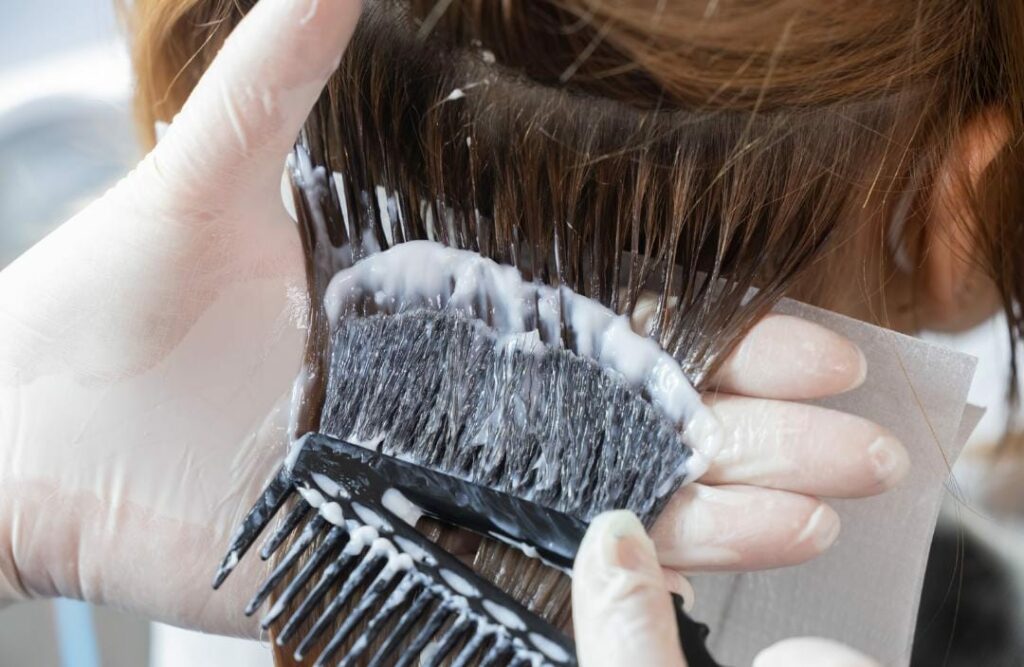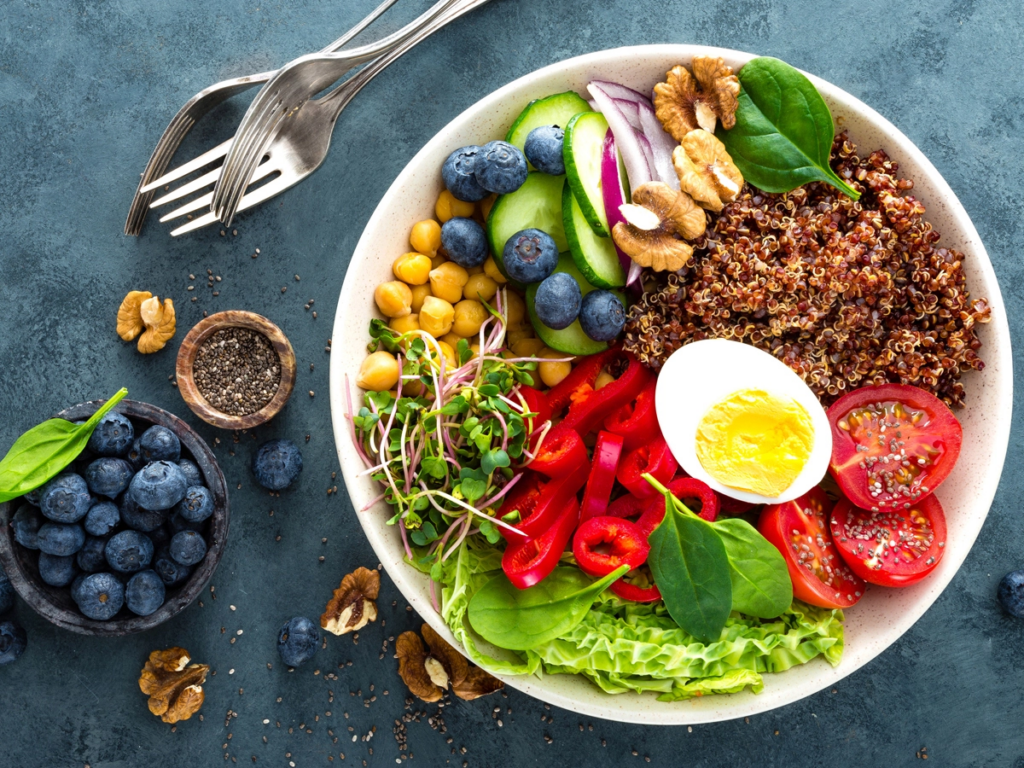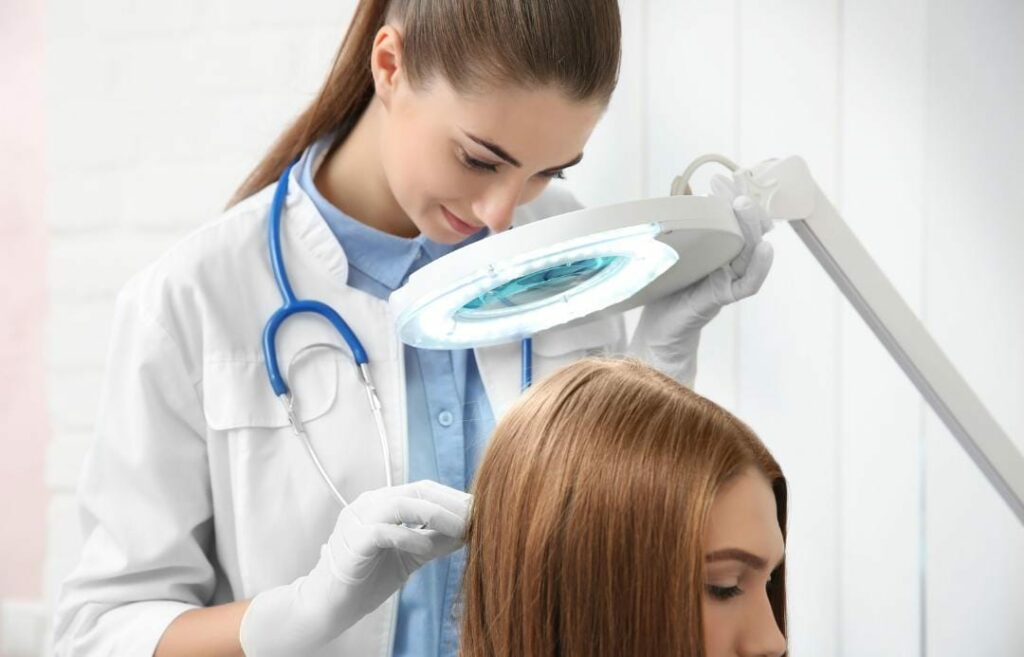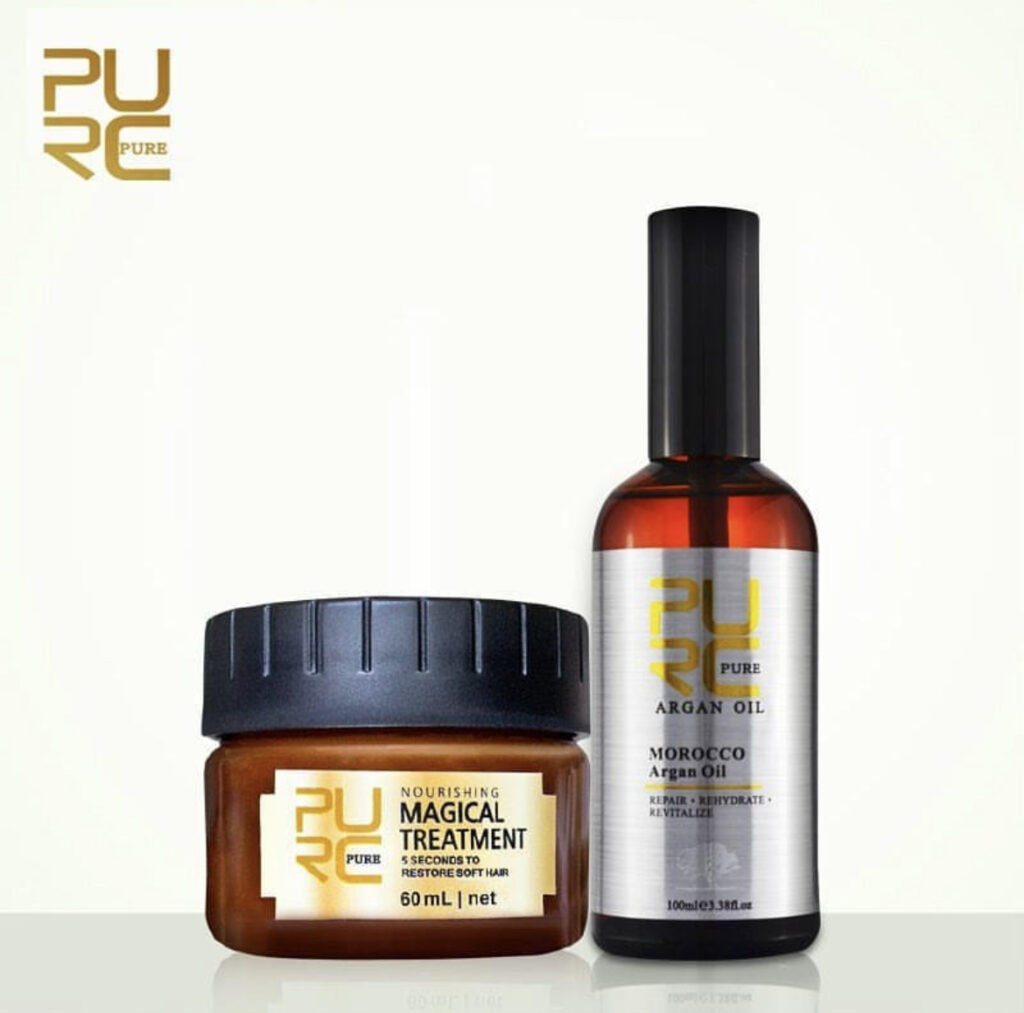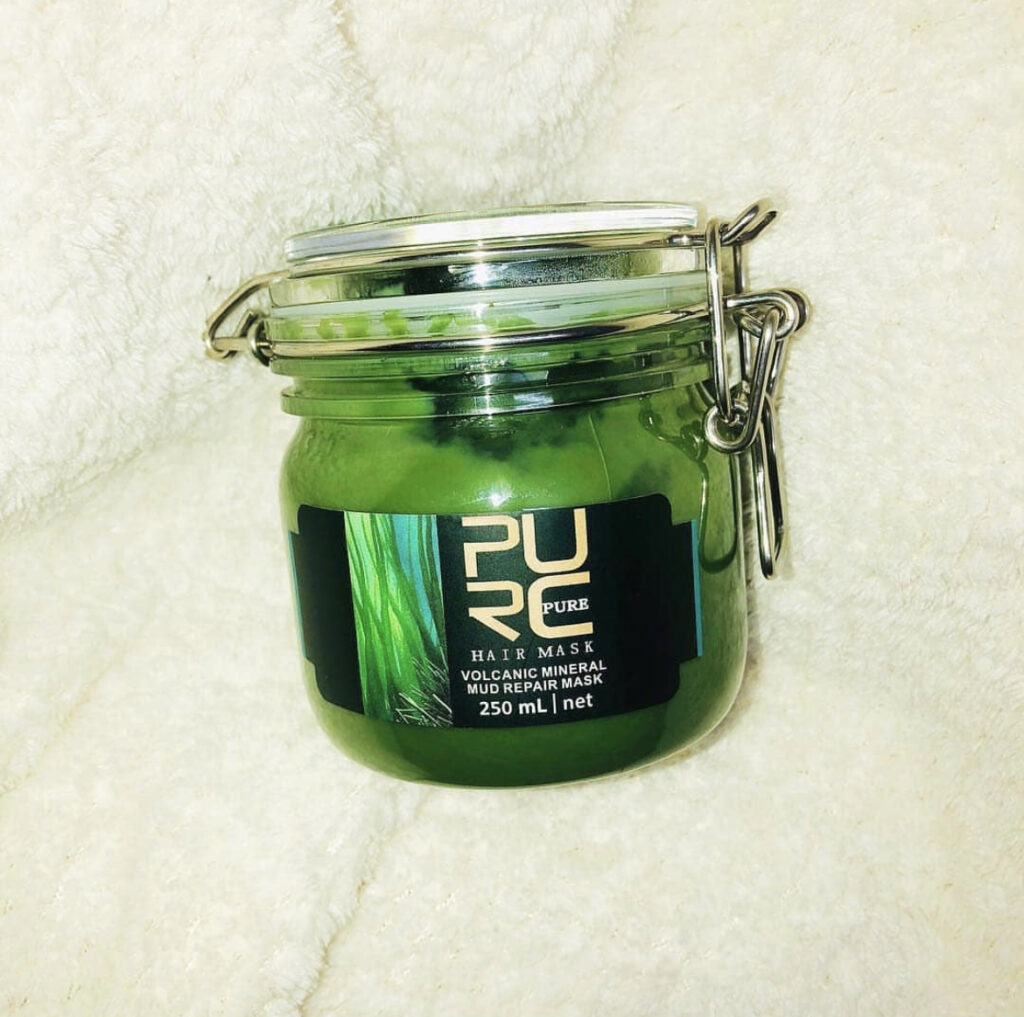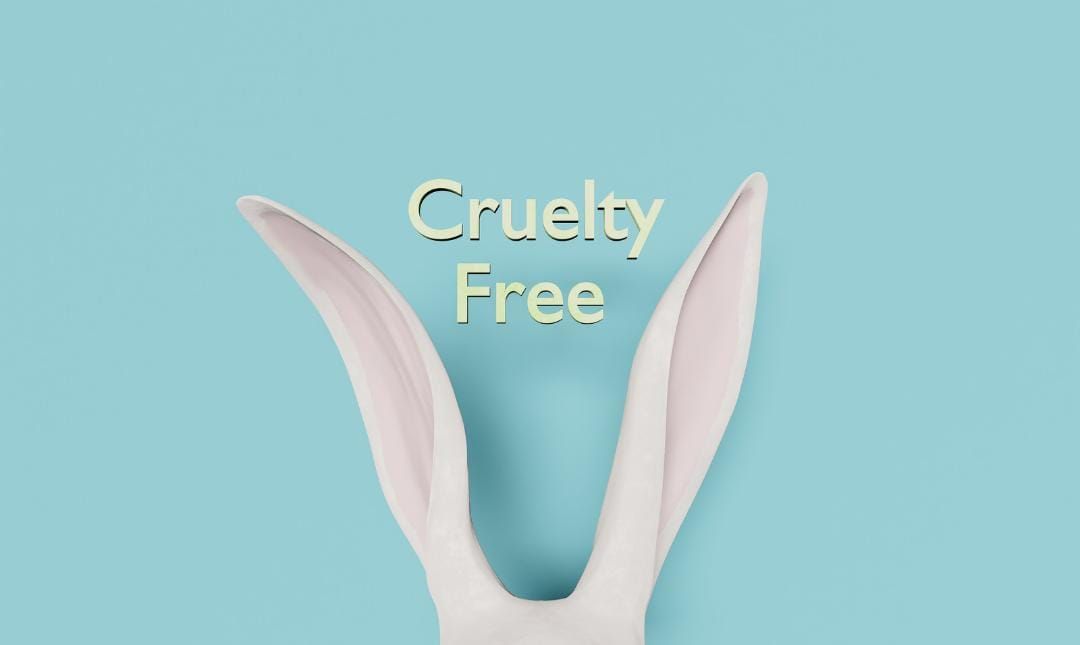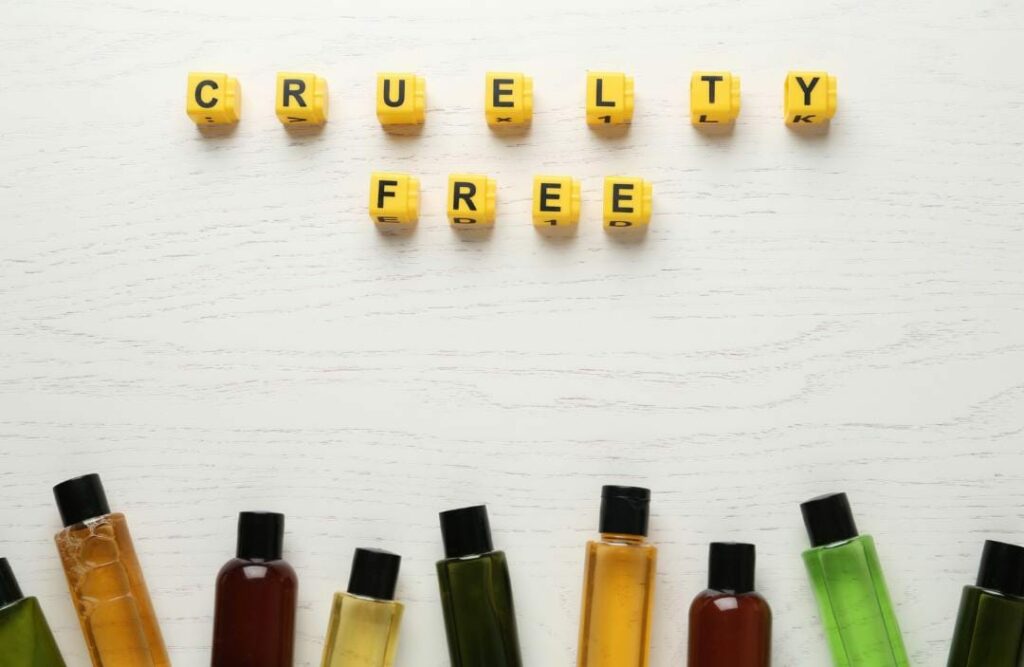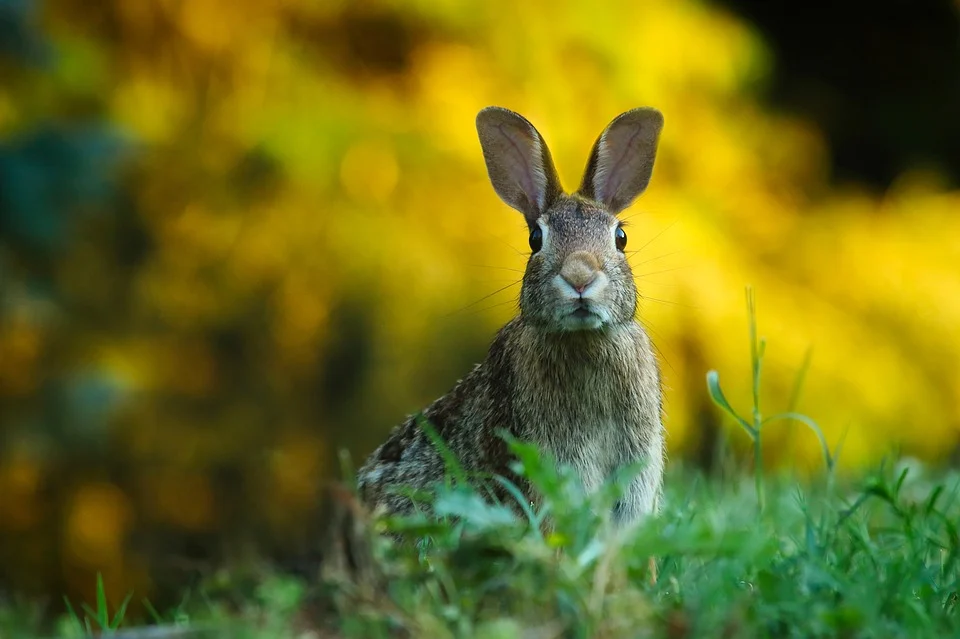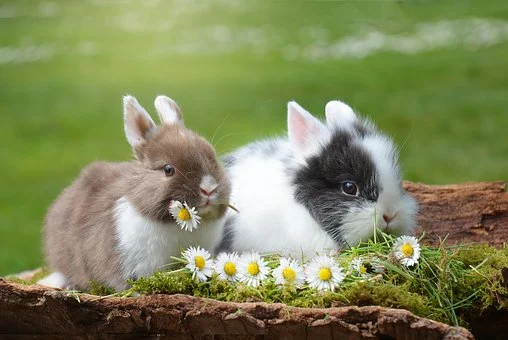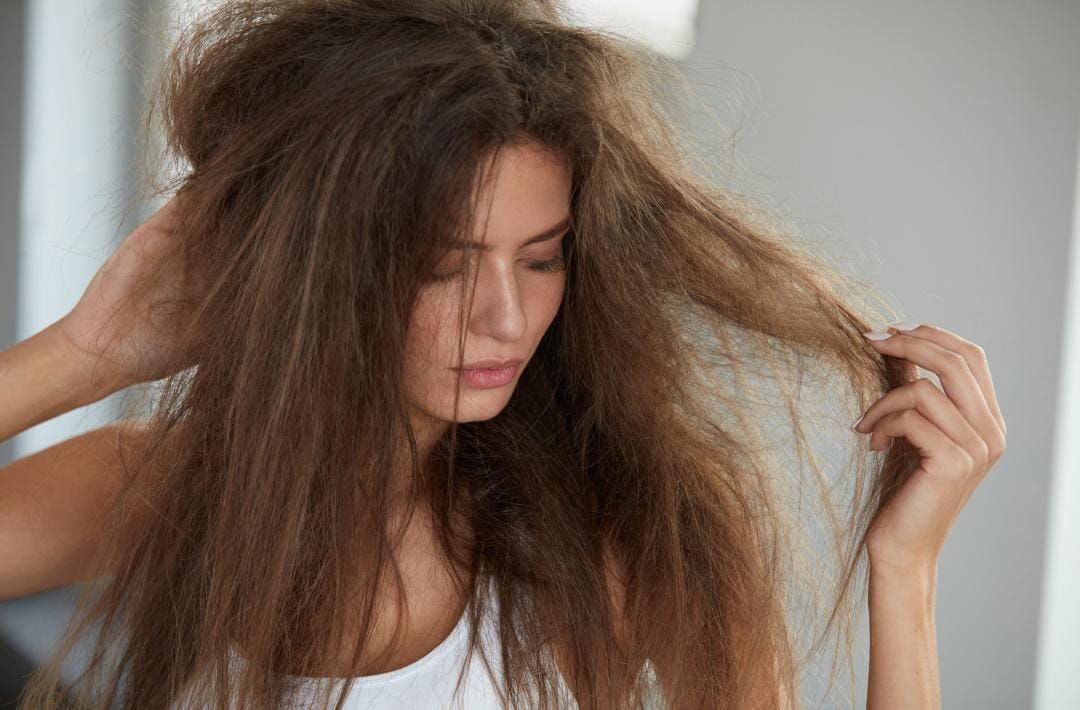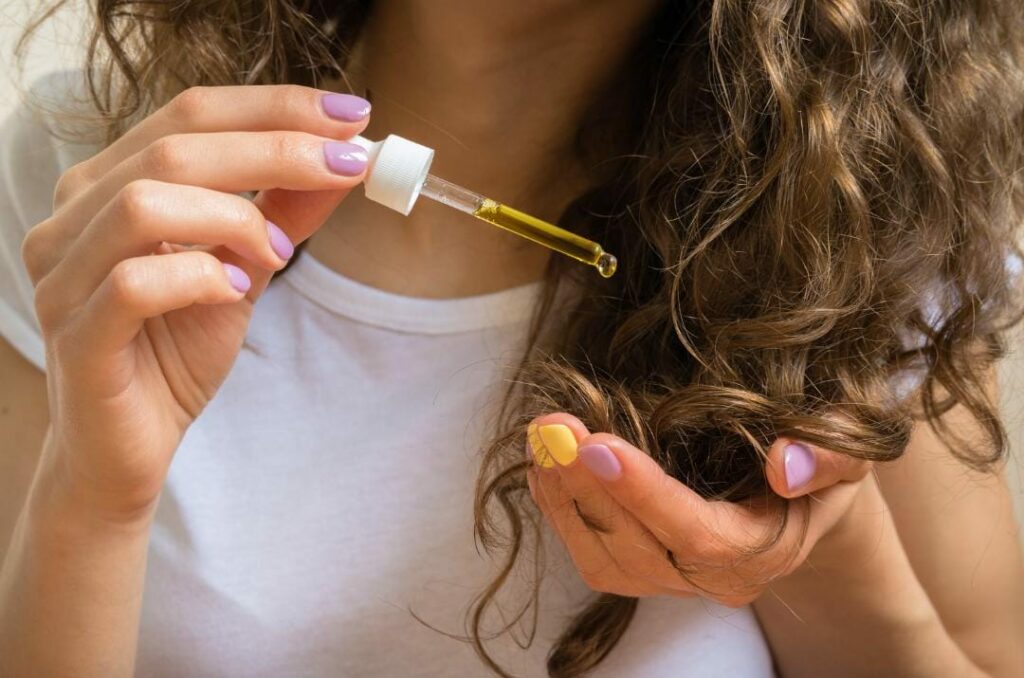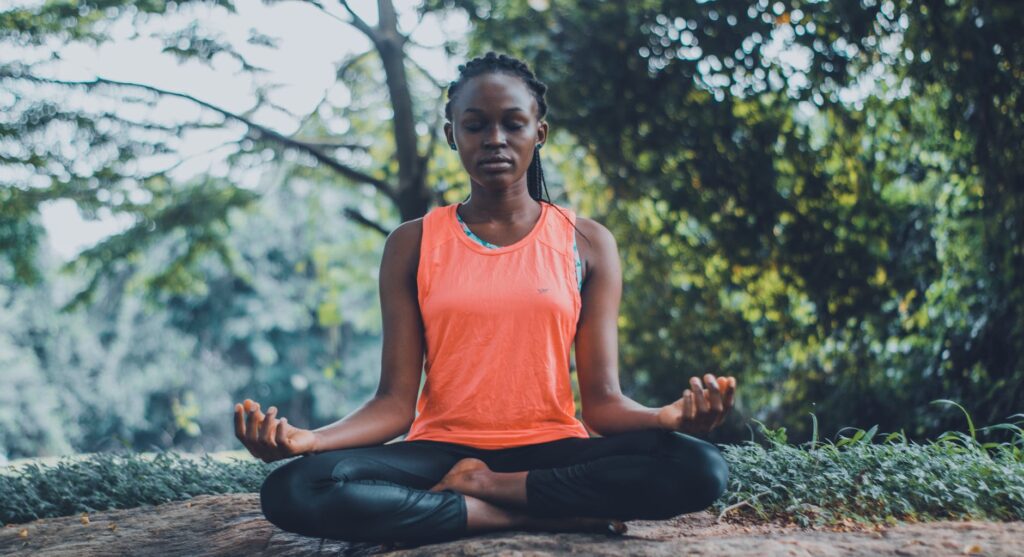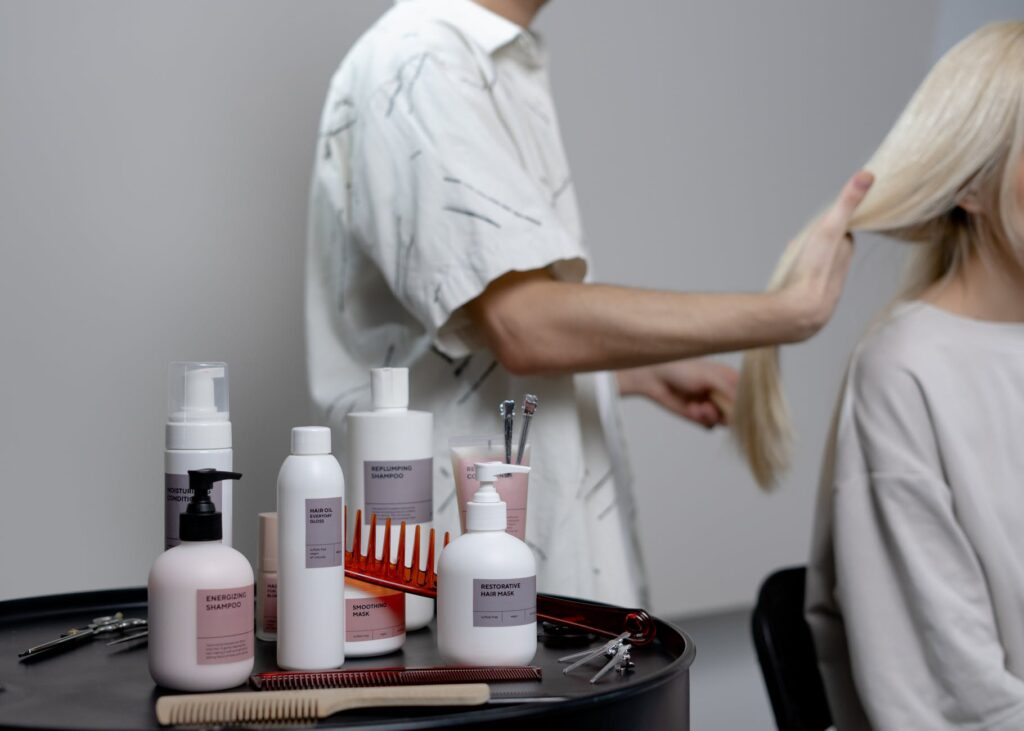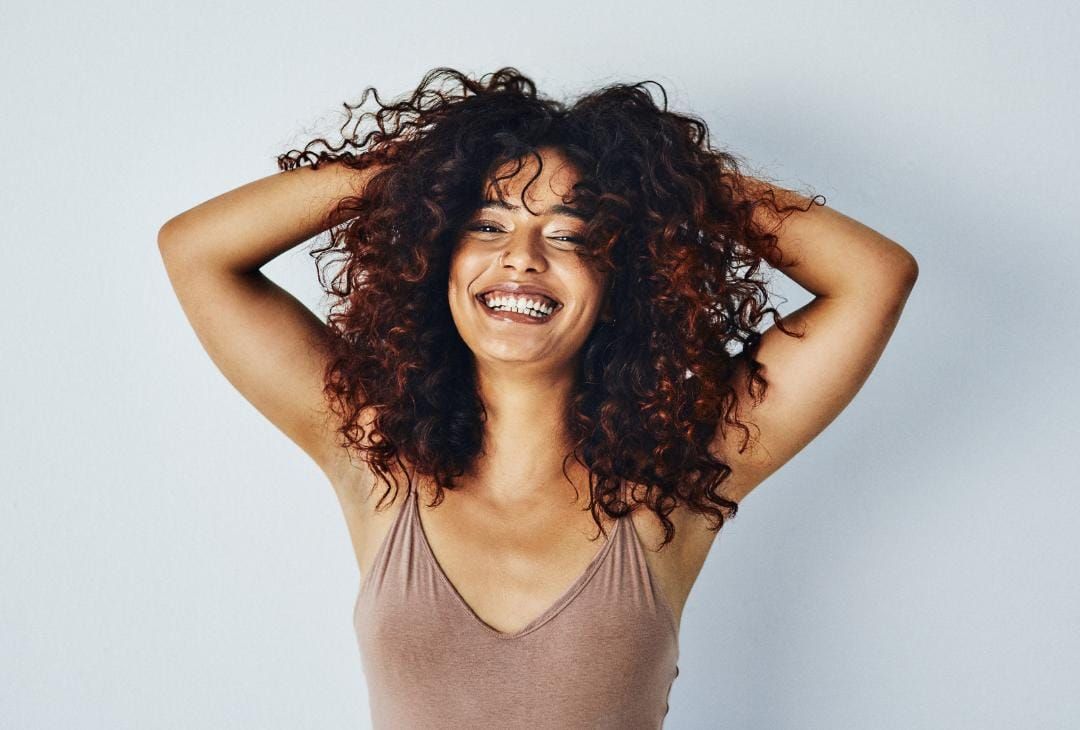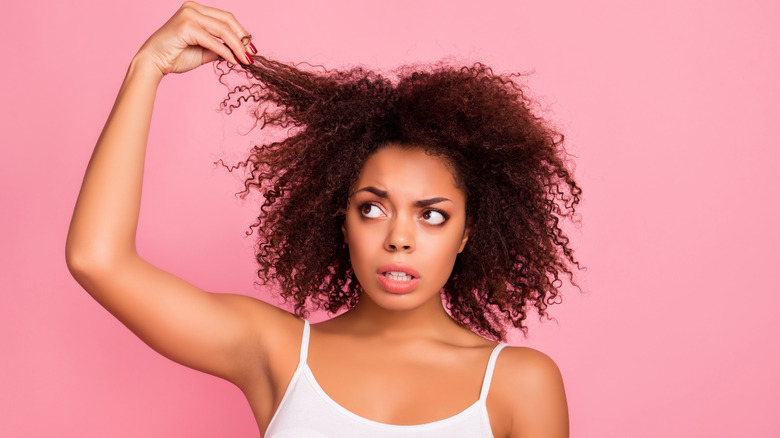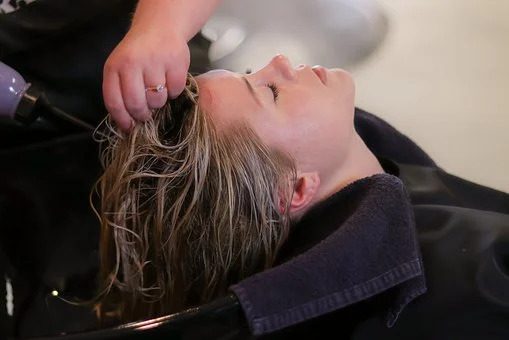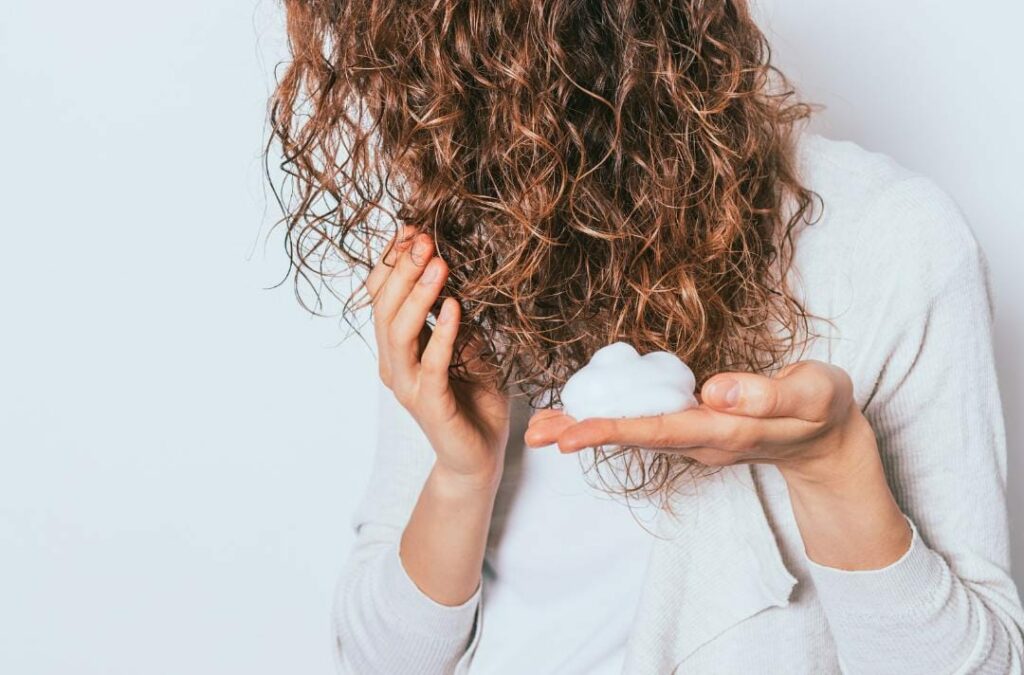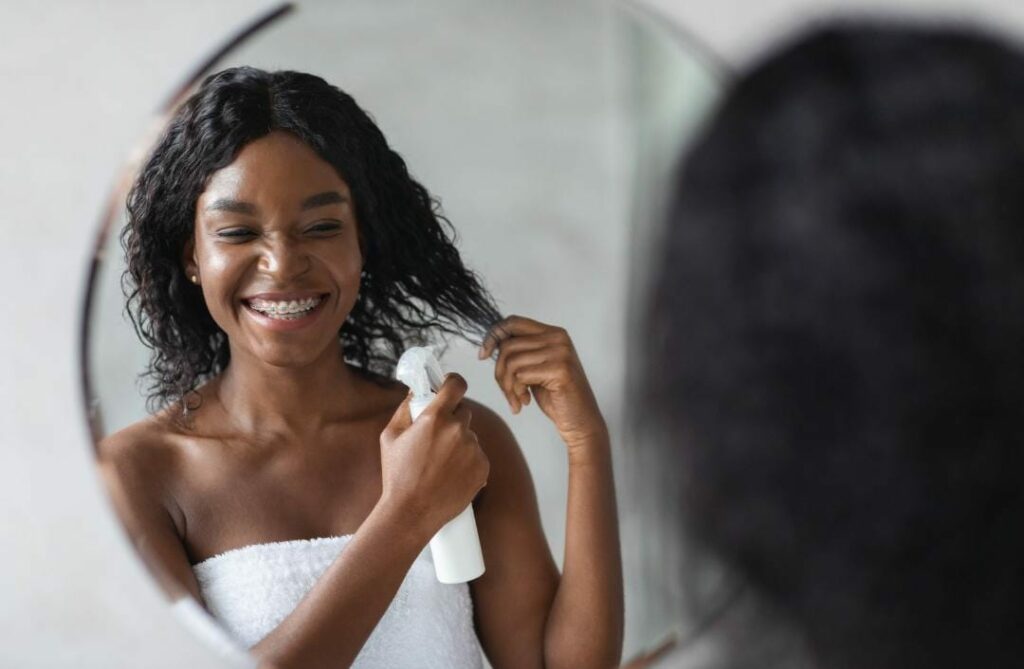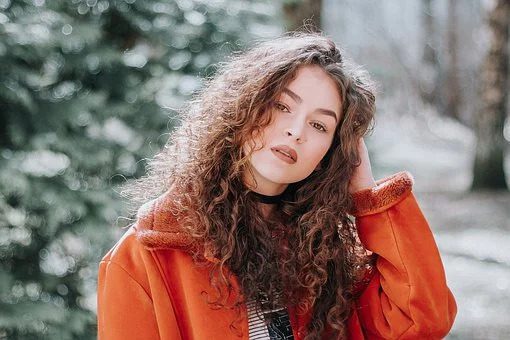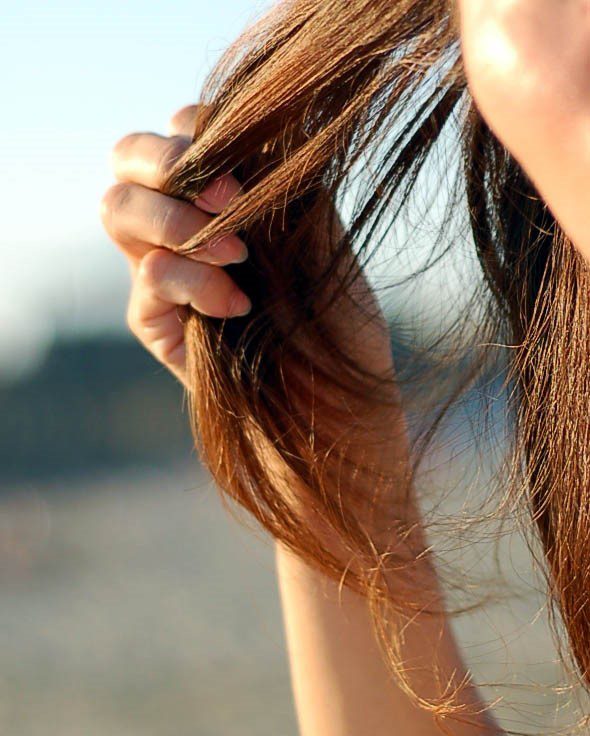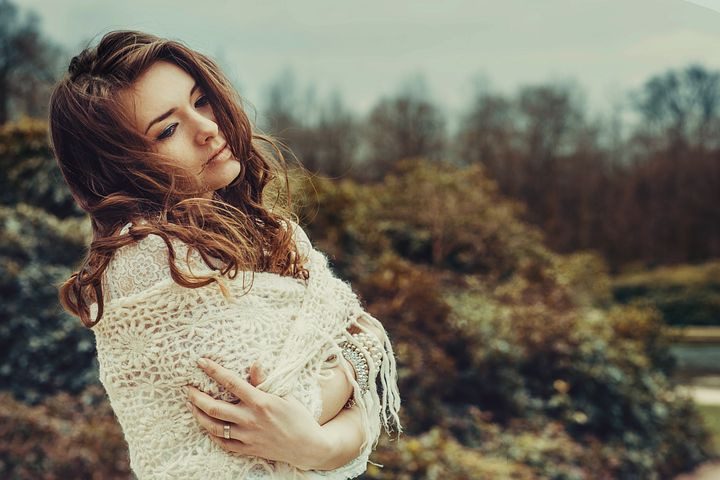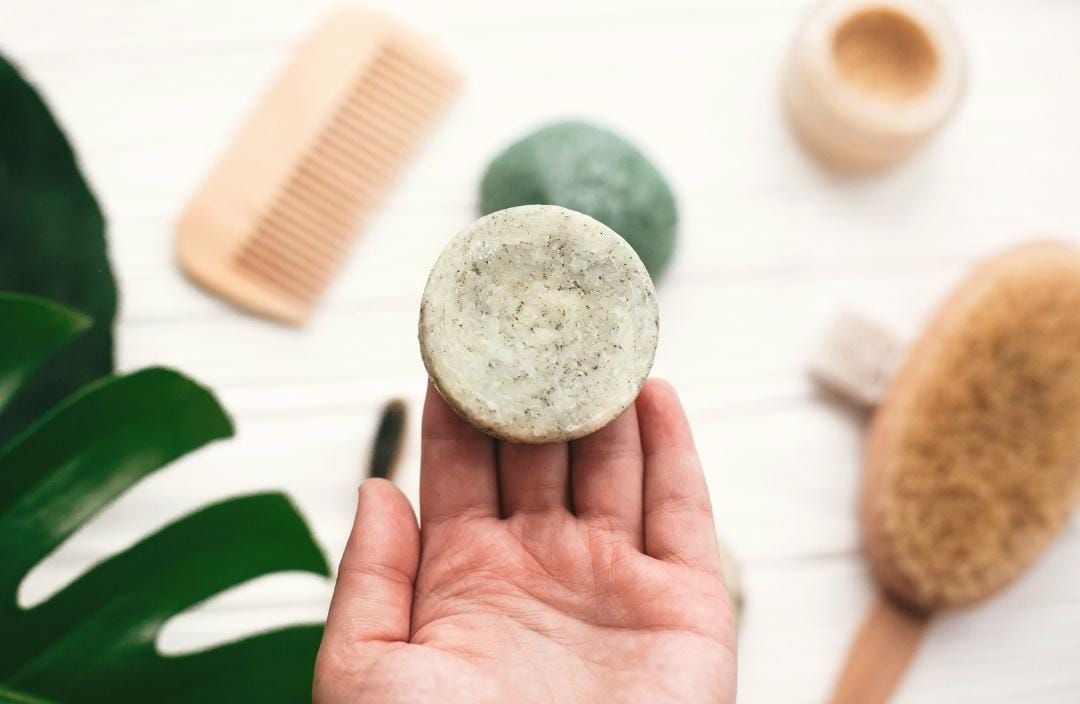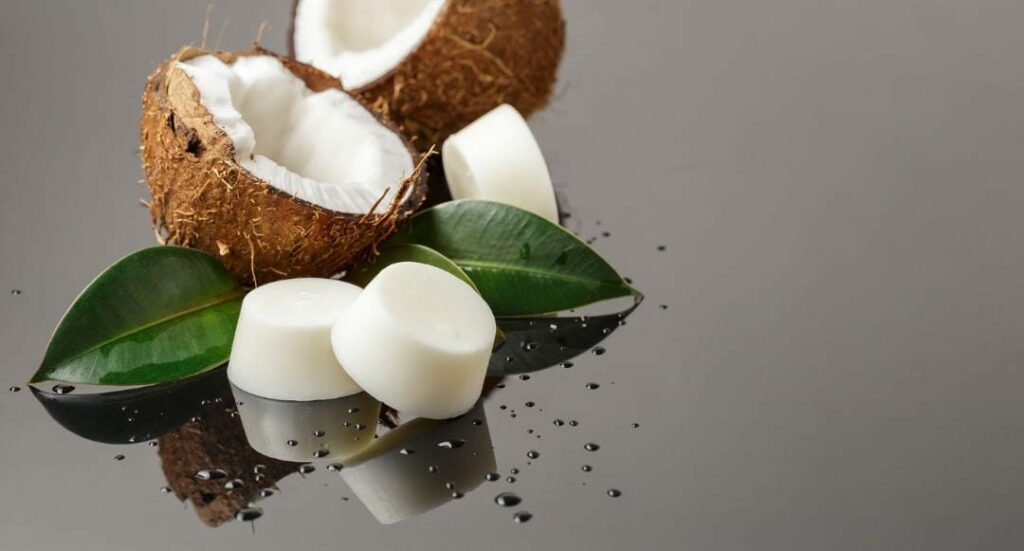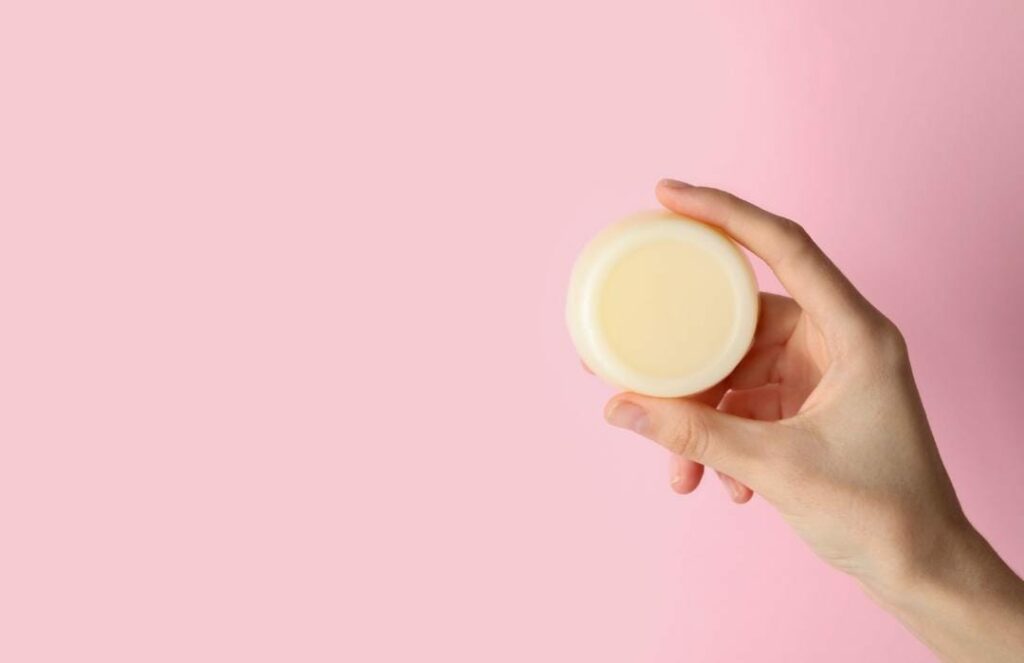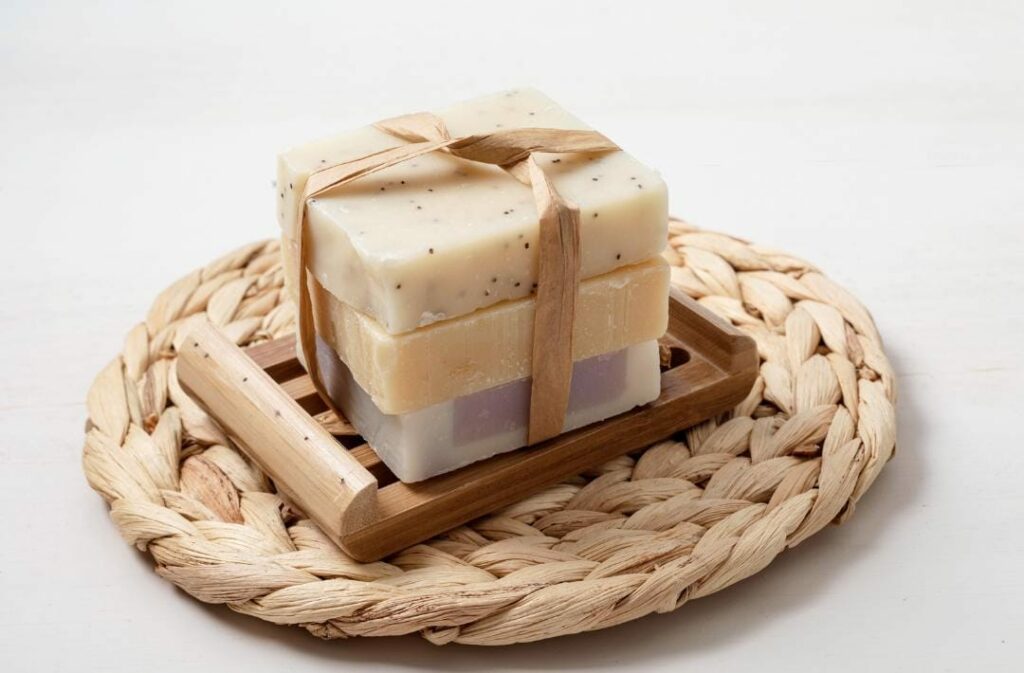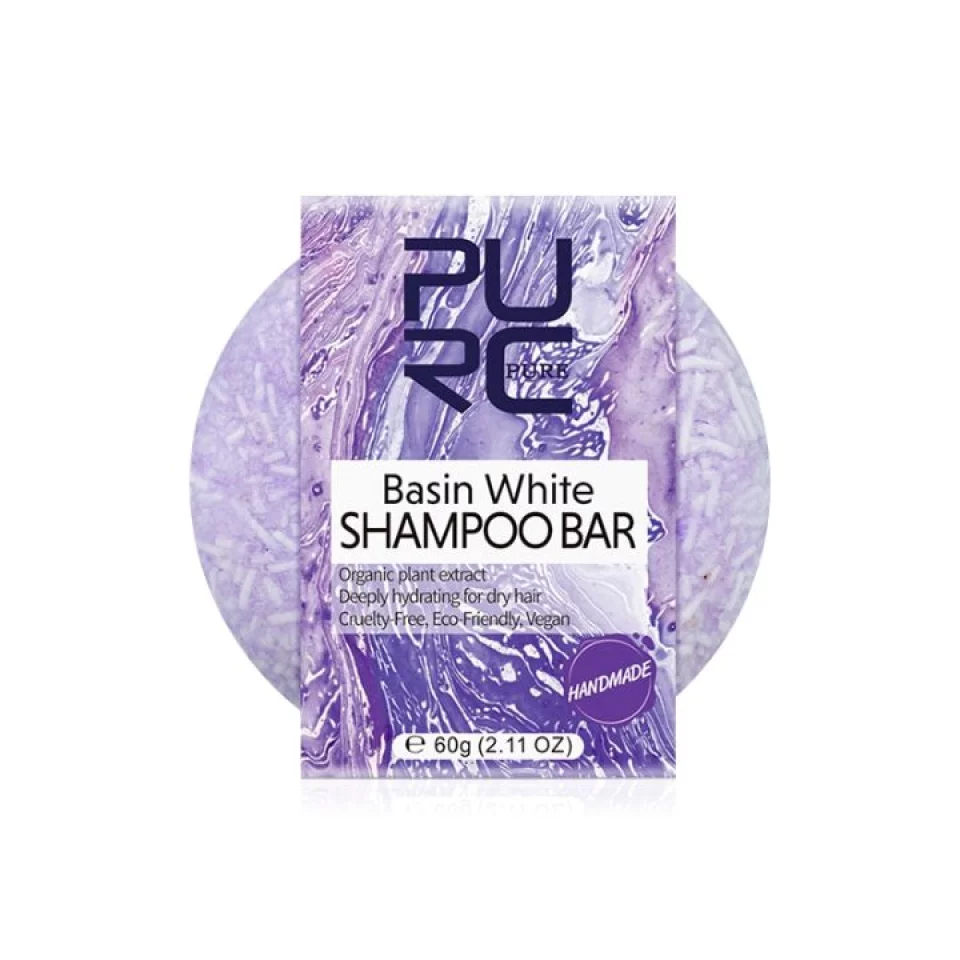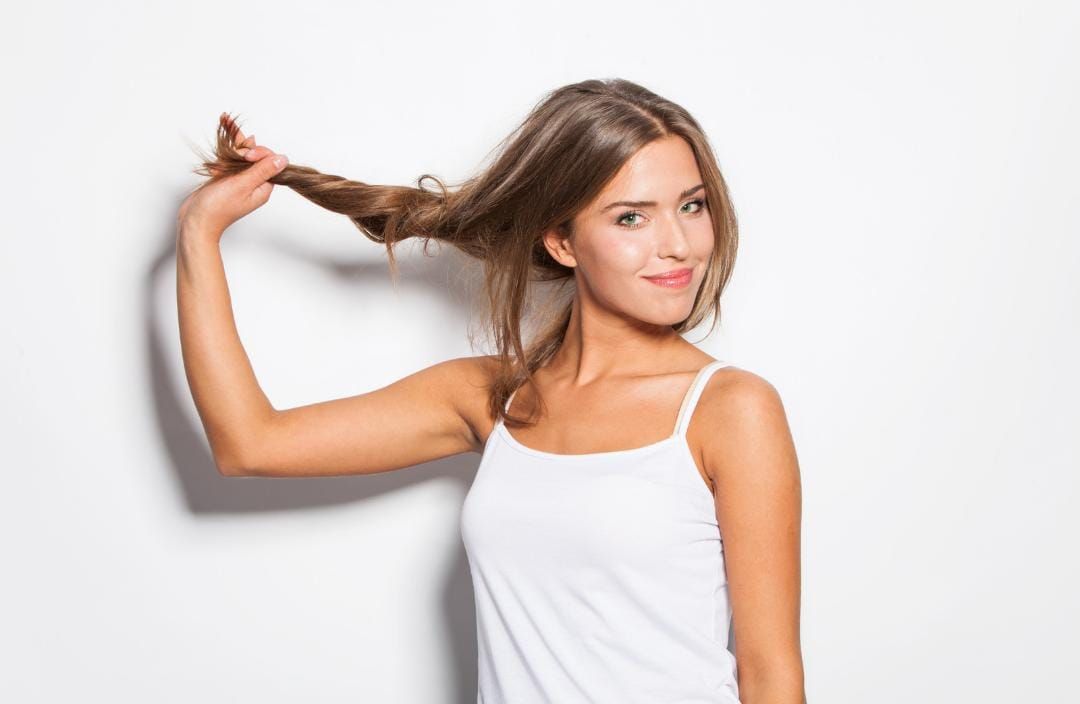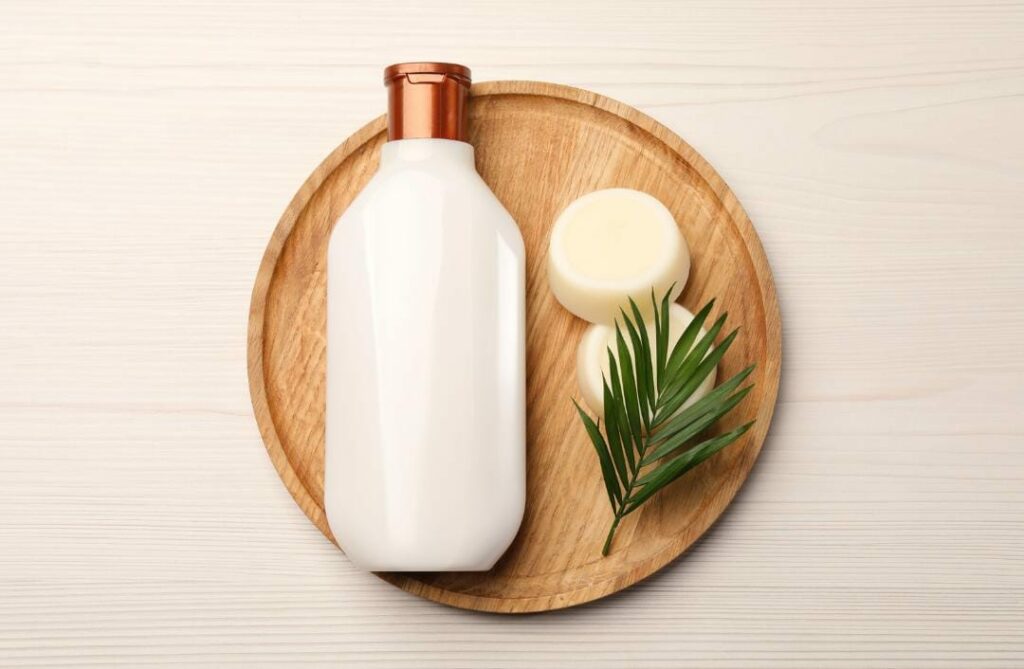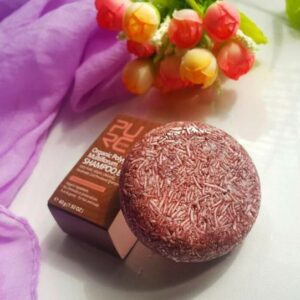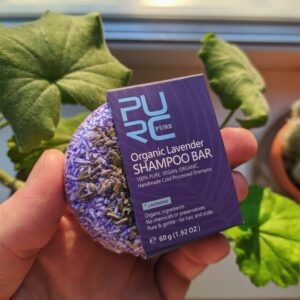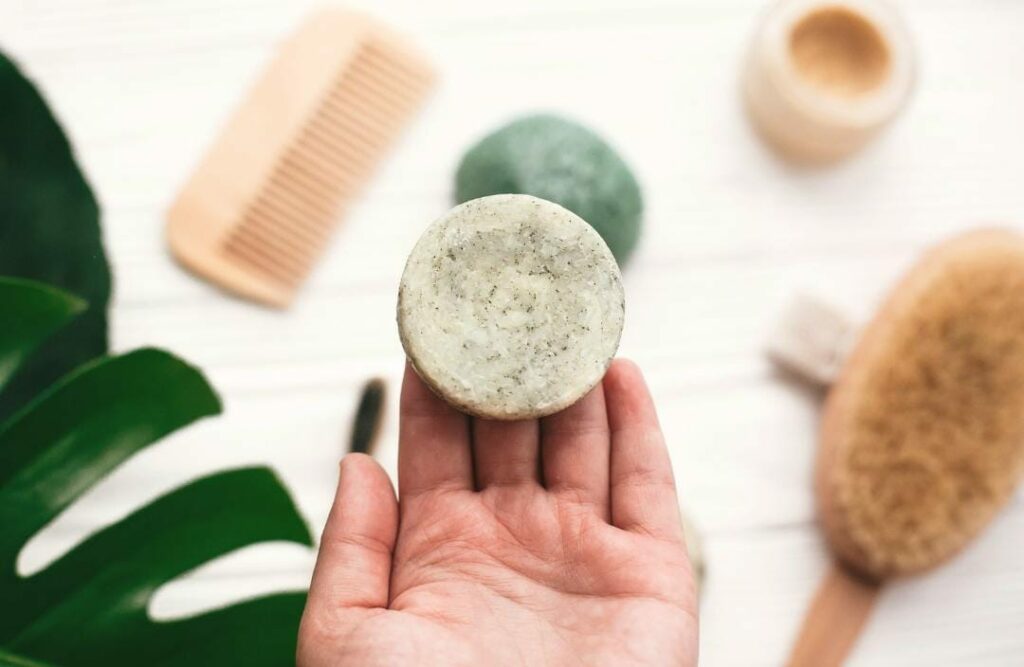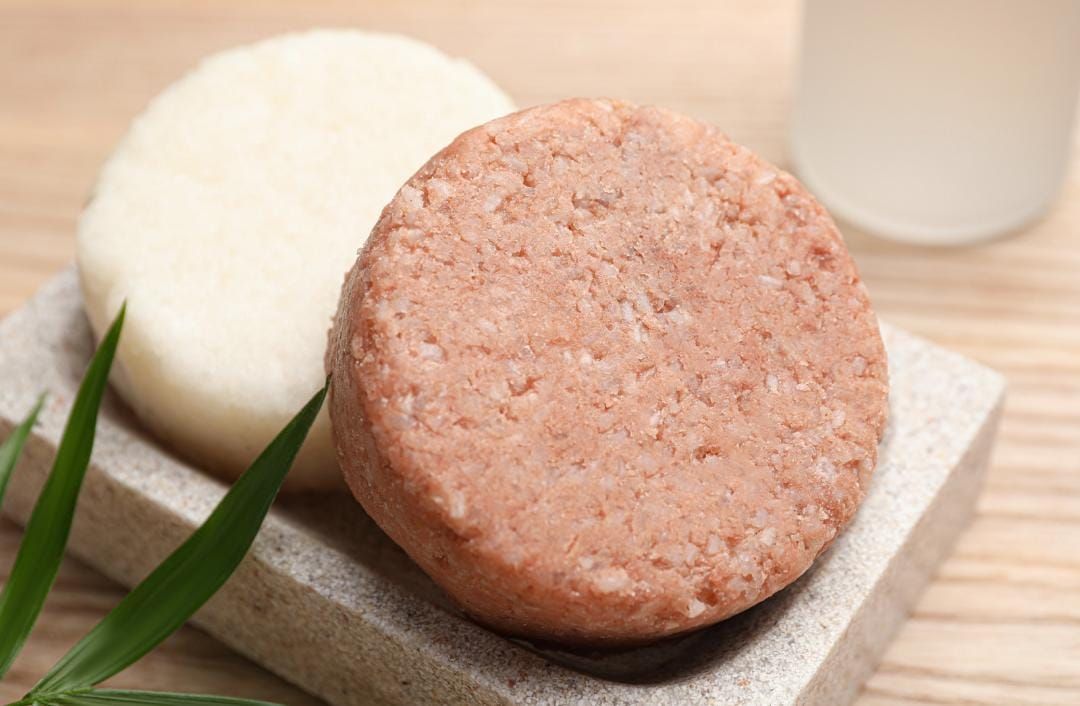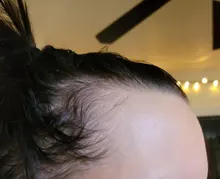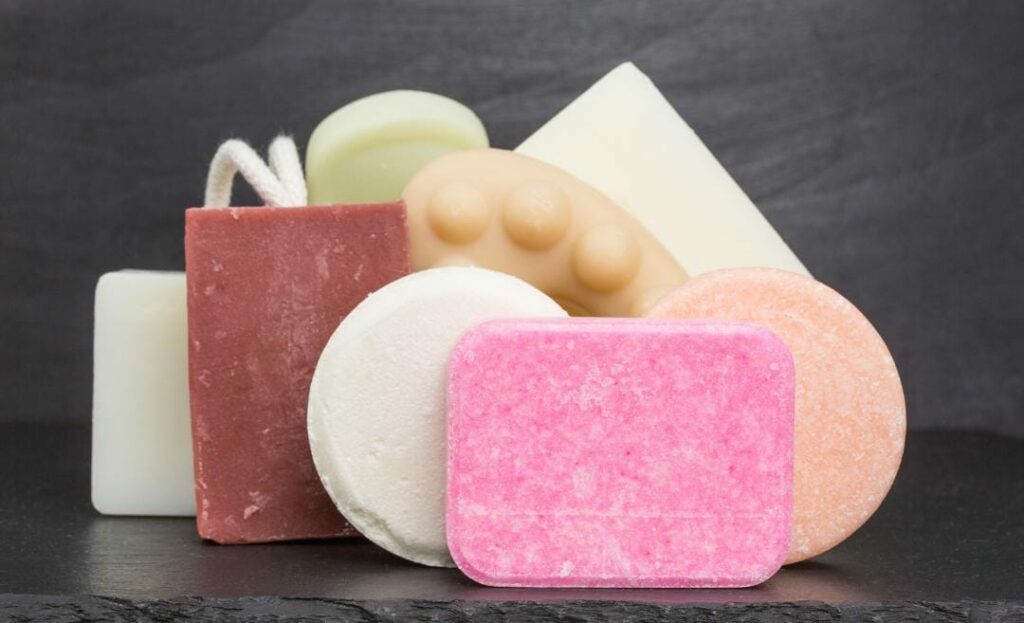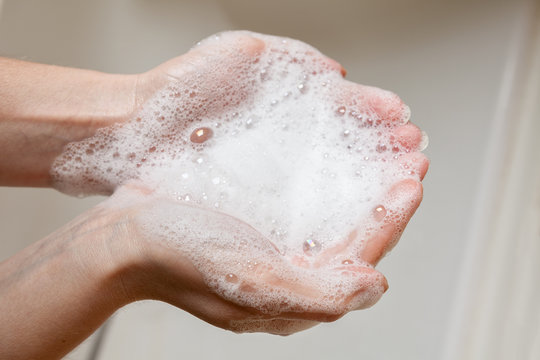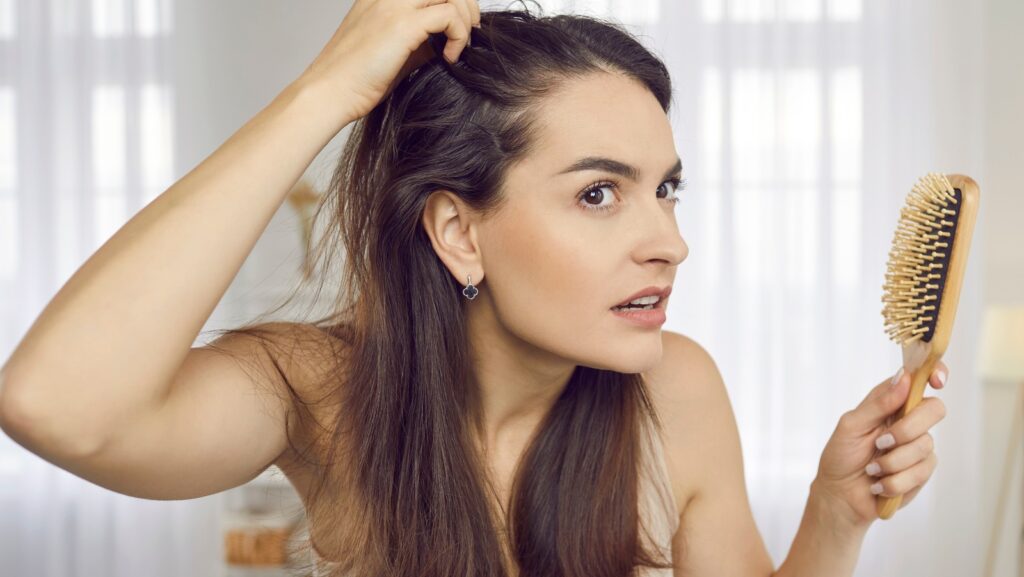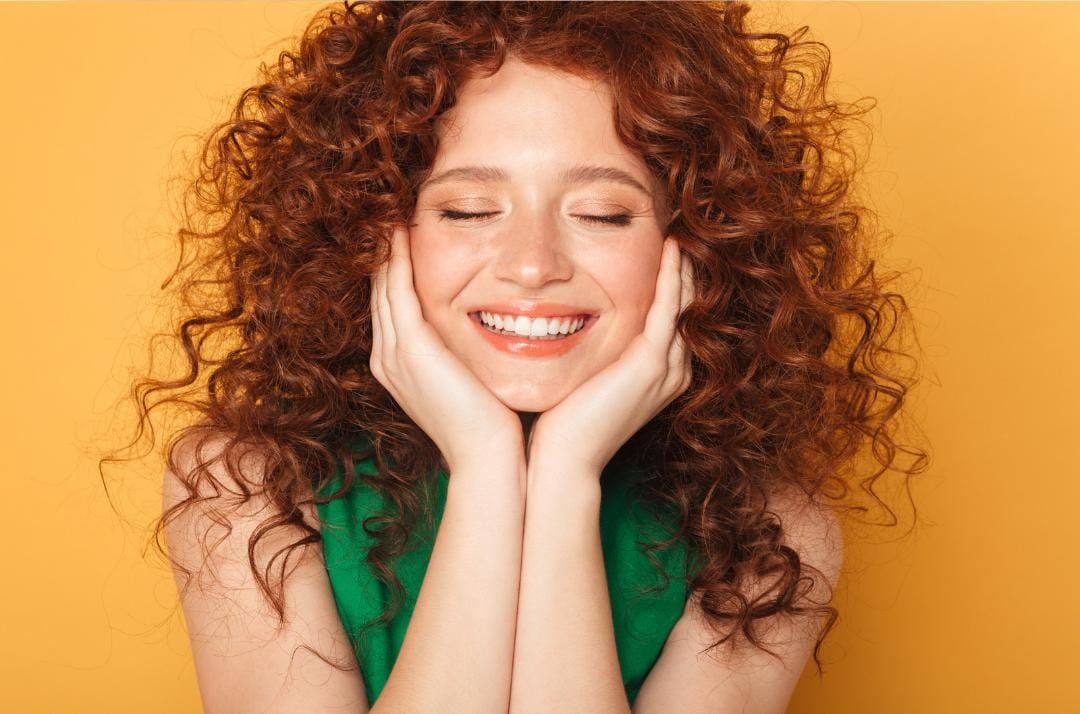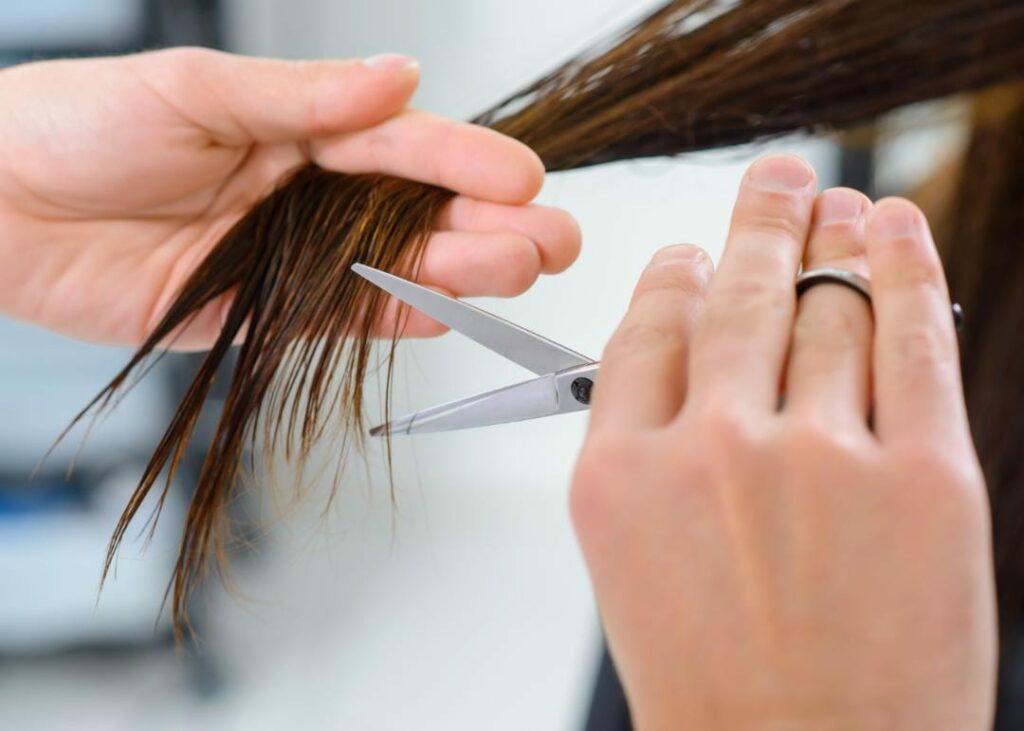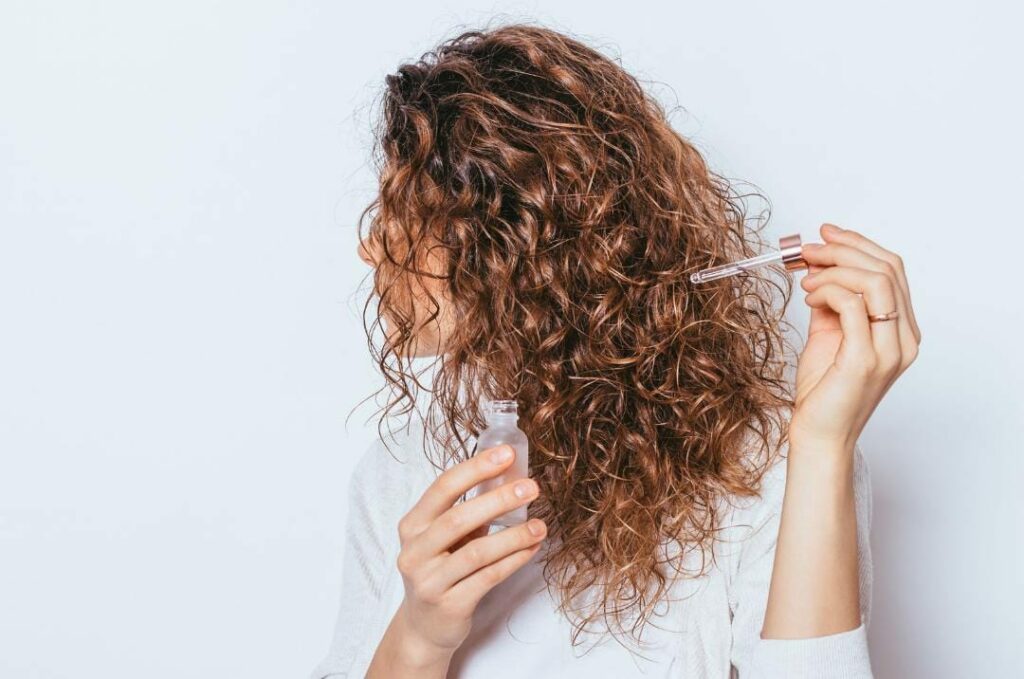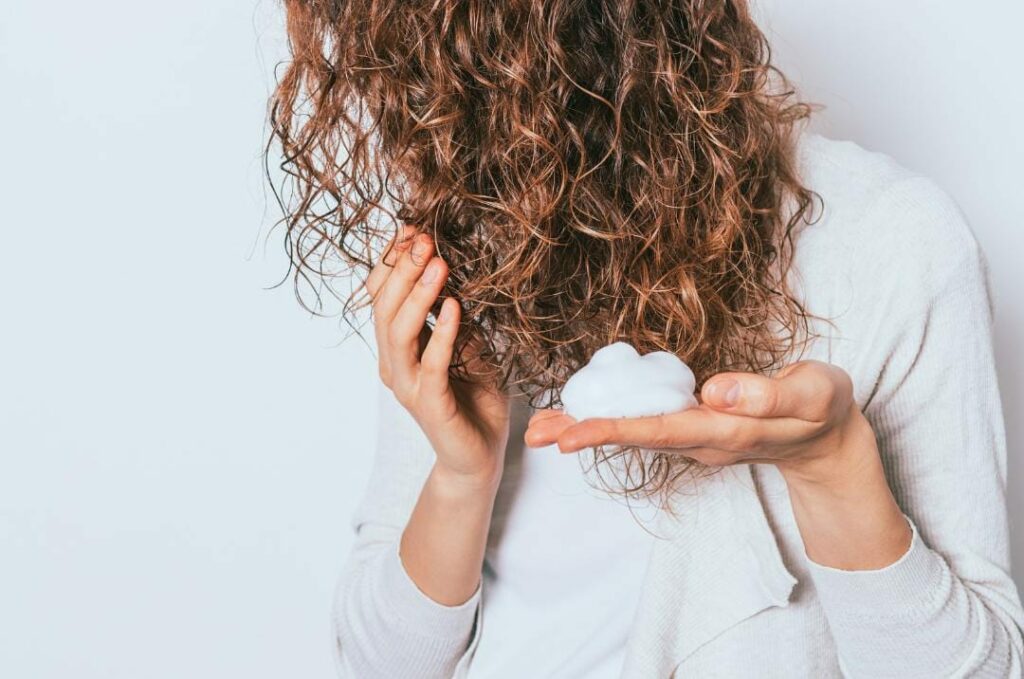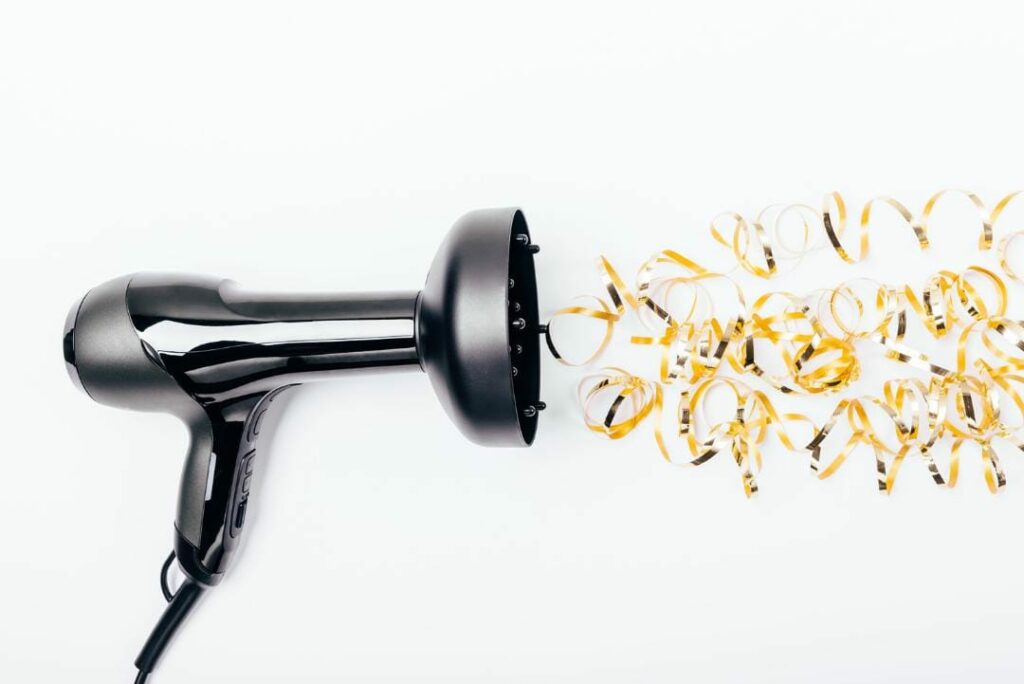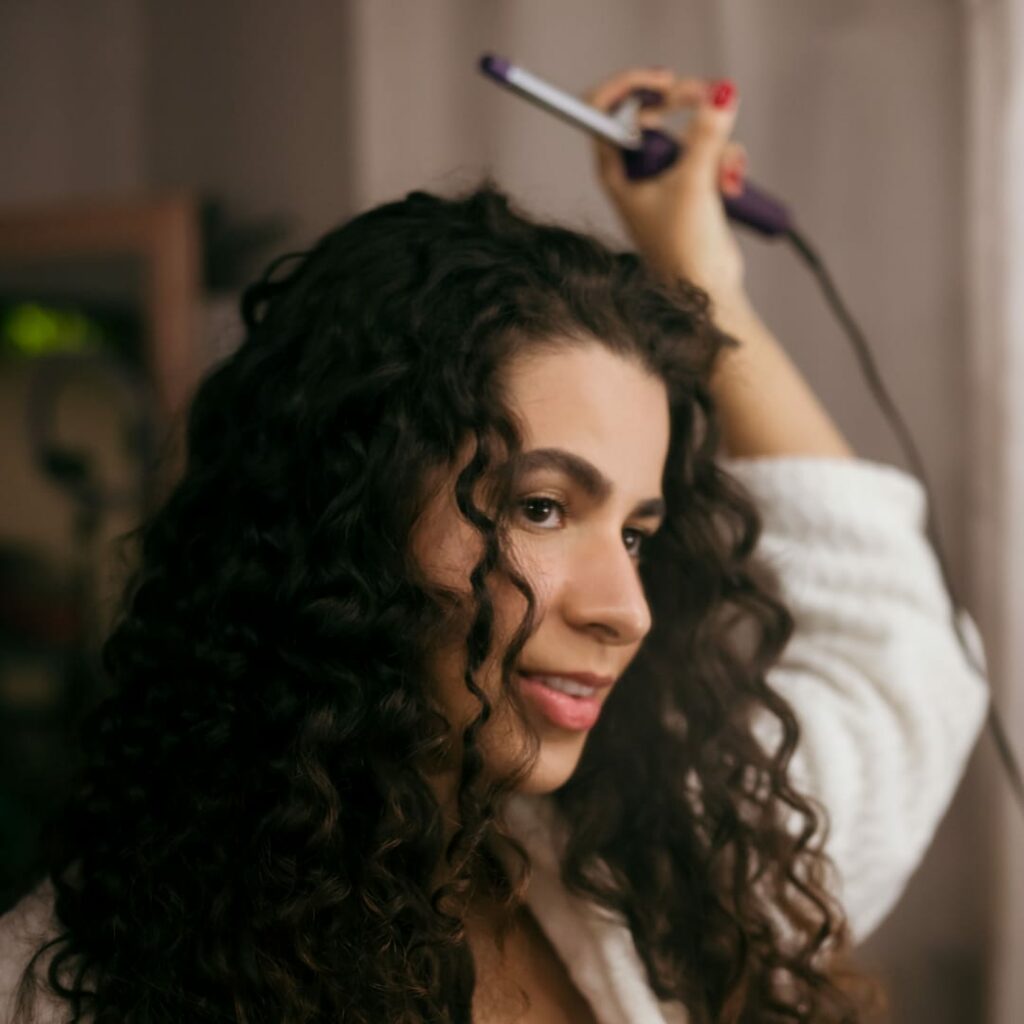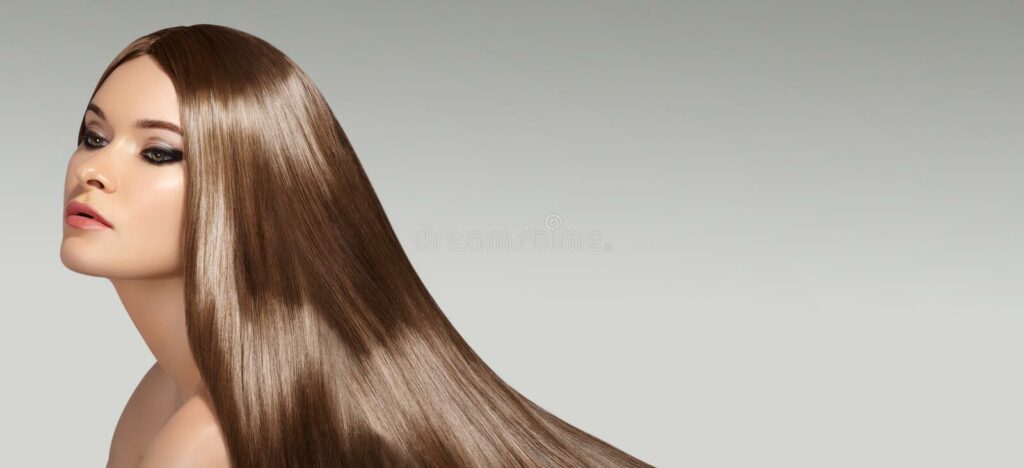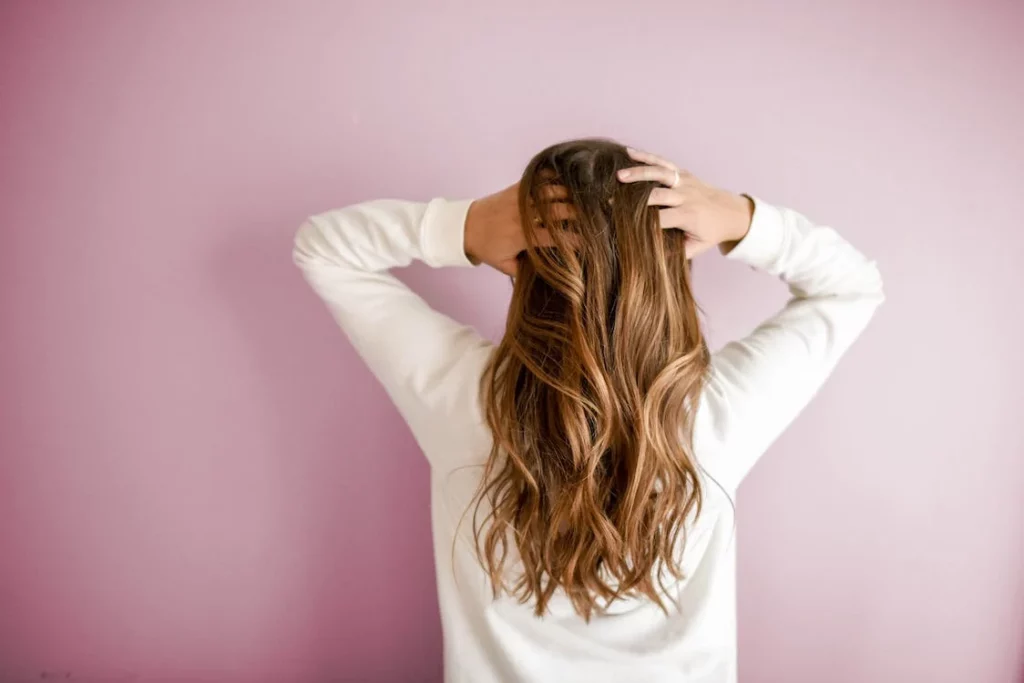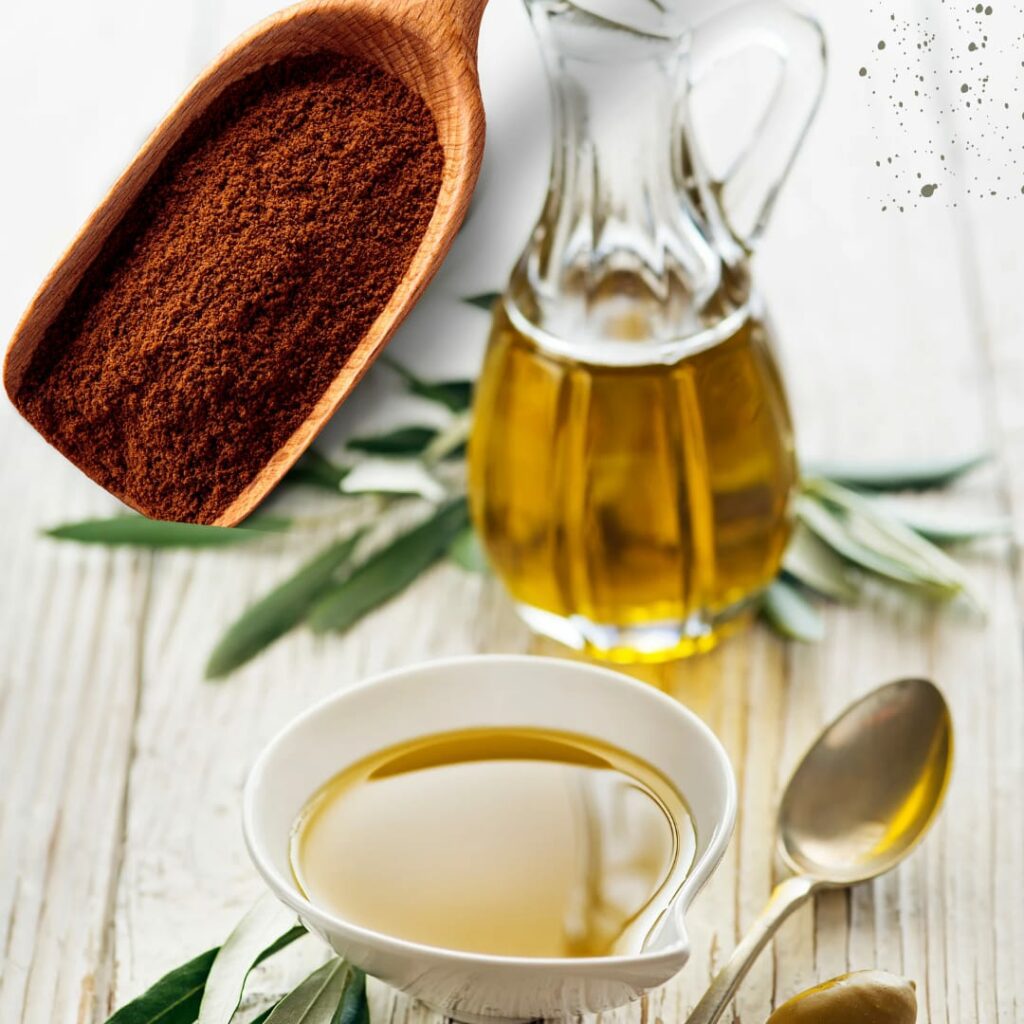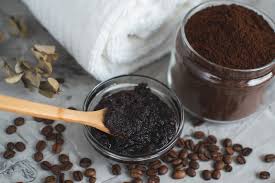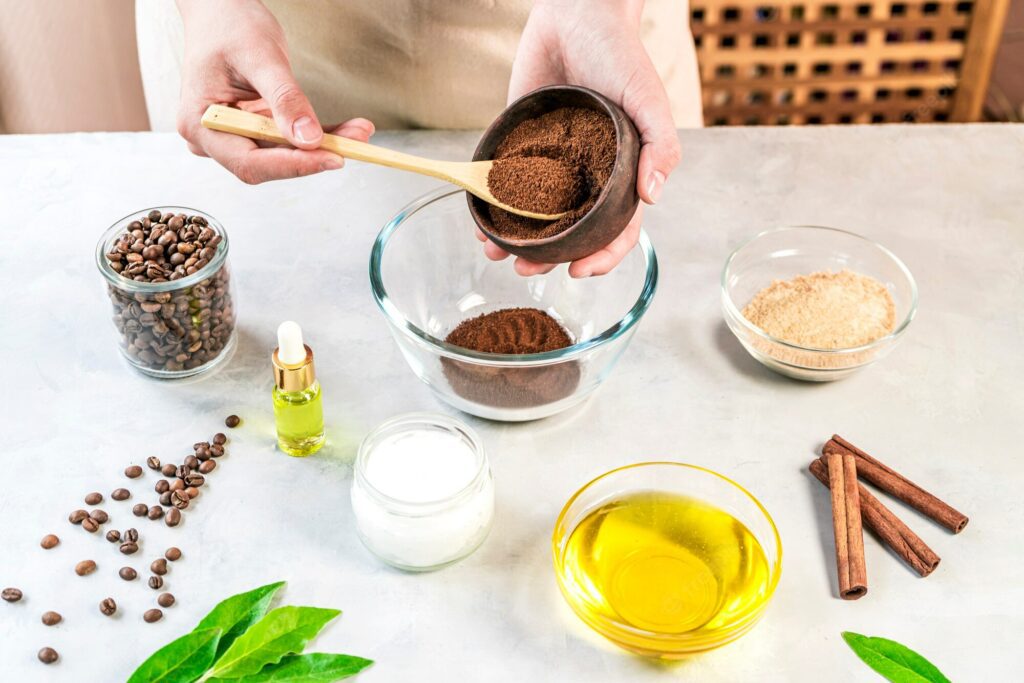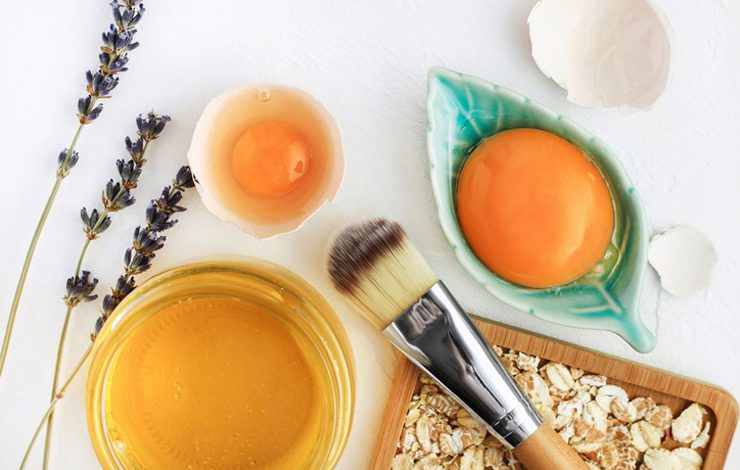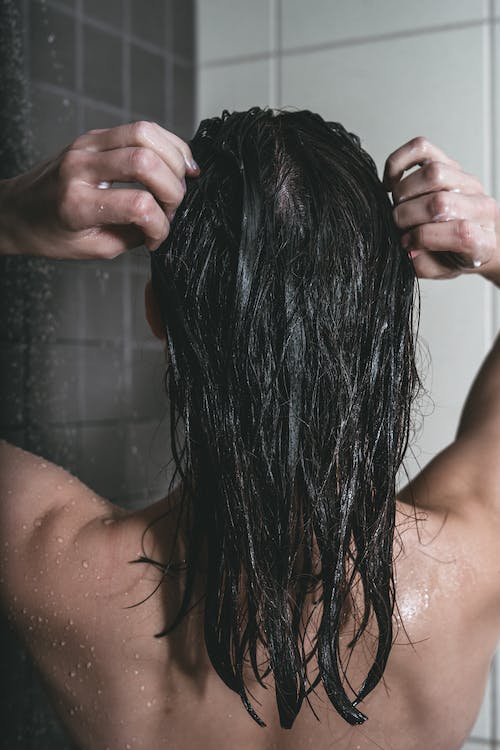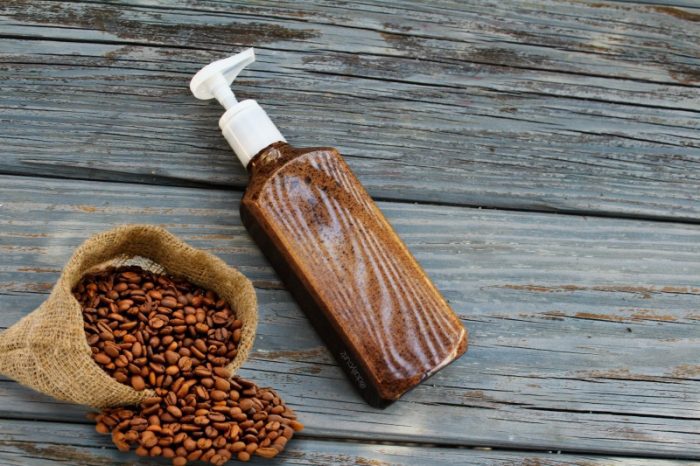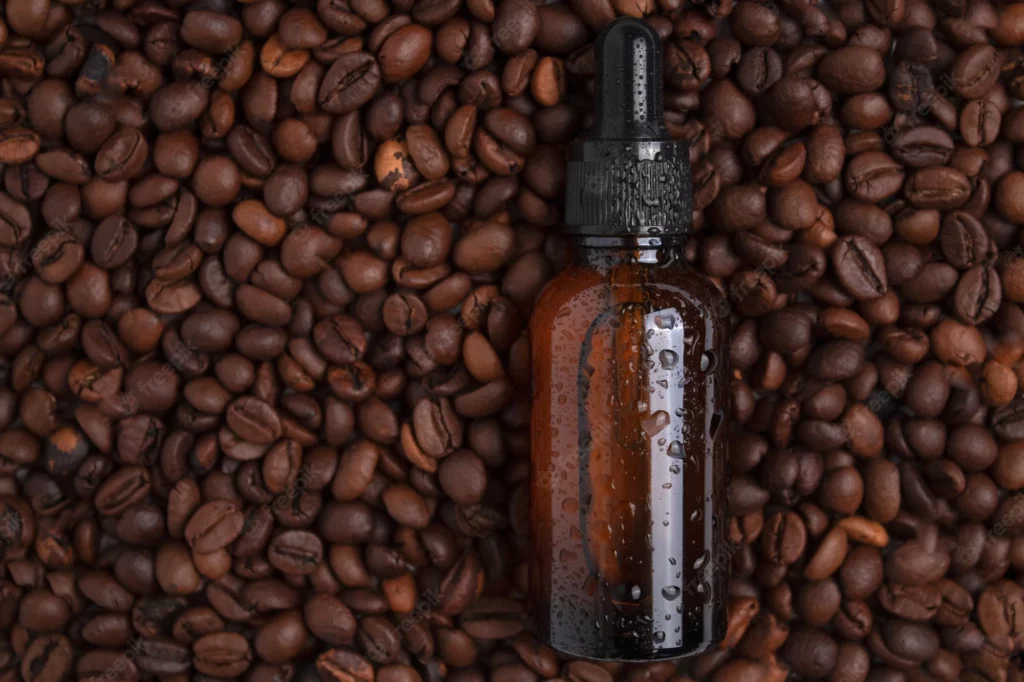7 Awesome Ways To Use Glycolic Acid From Head To Toe!
Are you looking for a new addition to your skincare routine that can help exfoliate your skin, improve its texture and tone, and promote healthy skin cell turnover? Look no further than glycolic acid! Derived from sugar cane, this alpha-hydroxy acid has become a popular ingredient in skincare products.
In this article, we will delve into what glycolic acid is and share 7 awesome ways to use it from head to toe, so you can reap its many benefits. But first thing first, let’s get to know glycolic acid better!
What is Glycolic Acid?
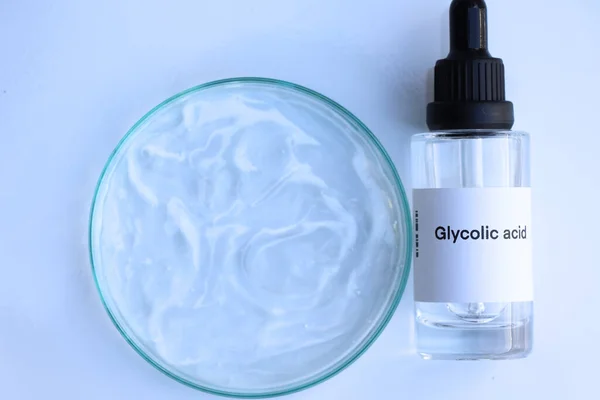
Glycolic acid is a small molecule that can penetrate the skin deeply, making it an effective exfoliant. It works by breaking down the bonds between dead skin cells, allowing them to be easily removed from the surface of the skin. Glycolic acid also stimulates the production of collagen and elastin, which are essential for maintaining healthy, youthful-looking skin.
A study published in the Journal of Cosmetic Dermatology found that using glycolic acid at a concentration of 10% or higher for 12 weeks resulted in significant improvement in skin texture and tone. In the experiment, the participants’ skin tone was also found to be more even and radiant. The study concluded that topical formulations containing glycolic acid and salicylic acid are effective in improving the signs of photoaged skin.
7 Ways to Use Glycolic Acid
1. Face Wash
Using a glycolic acid face wash is an excellent way to exfoliate the skin on your face and improve its texture and tone. Look for a face wash that contains 5-10% glycolic acid and use it once or twice a week to see visible results. It is best to start with a lower concentration of glycolic acid if you have sensitive skin and gradually increase the frequency of use.
2. Toner
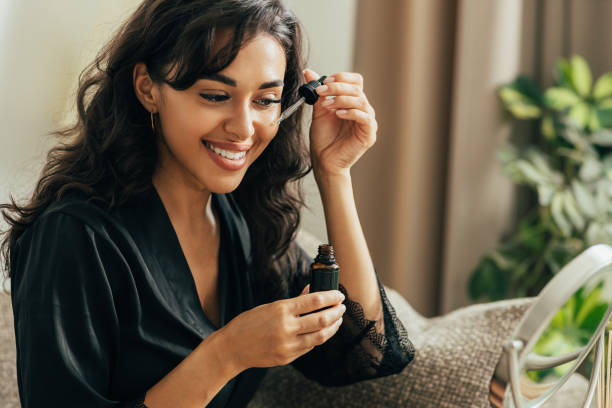
A glycolic acid toner is another great way to incorporate this powerful ingredient into your skincare routine. Look for a toner that contains 10-15% glycolic acid and use it after cleansing your face. It will help to remove any leftover dirt and dead skin cells and prepare your skin for the next step in your skincare routine.
3. Serum
A glycolic acid serum is a potent treatment that can help to reduce the appearance of fine lines and wrinkles, and improve the overall texture and tone of your skin. Look for a serum that contains 10-20% glycolic acid and use it once or twice a week at night after cleansing your face.
4. Body Wash
A body wash is an excellent way to exfoliate and rejuvenate the skin on your body. Look for a body wash that contains 10% of the ingredient and use it once or twice a week to see visible results. It will help to remove any dead skin cells and reveal smoother, more radiant skin.
5. Shampoo
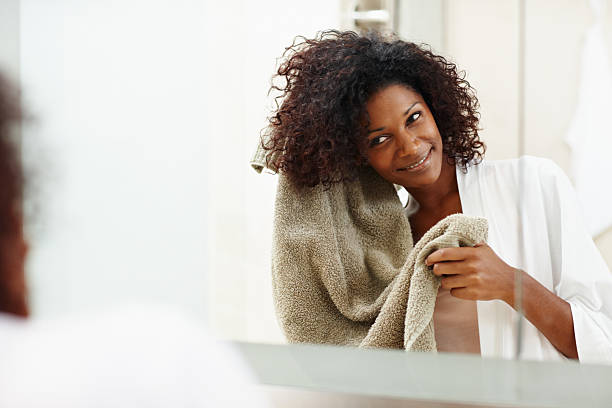
Glycolic acid can also be used to exfoliate the scalp and promote healthy hair growth. Look for a shampoo that contains 5-10% glycolic acid and use it once or twice a week. It will help to unclog hair follicles and remove any buildup of product or dead skin cells.
6. Foot Peel
A glycolic acid foot peel is an excellent way to exfoliate and soften the skin on your feet. Look for a foot peel that contains 20-30% ingredient and use it once a week to see visible results. It will help to remove any calluses or dead skin cells and reveal smoother, softer feet.
7. Hand Cream
Finally, using a hand cream is a great way to rejuvenate the skin on your hands and improve its texture and tone. Look for a hand cream that contains 10% of the ingredient and use it daily to see visible results. It will help to remove any dead skin cells and reveal smoother, more youthful-looking hands.
Things to Keep in Mind Before Using Glycolic Acid
While glycolic acid can provide many benefits for the skin and hair, it is important to keep some things in mind when using products that contain this ingredient. Here are some tips to ensure that you are using the product safely and effectively:
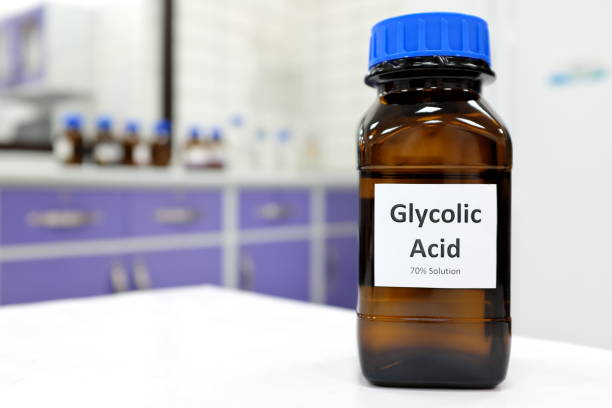
- Start with a low concentration: If you are new to using the ingredient, it is best to start with a product that has a lower concentration of the ingredient. This will help your skin adjust to the acid and prevent any irritation or redness.
- Use sunscreen: It can make your skin more sensitive to the sun, so it is important to wear sunscreen with at least SPF 30 when using products that contain this ingredient. If you find your skin damaged by the sun, try this!
- Don’t use too often: Overusing the acid can lead to over-exfoliation and damage to the skin barrier. It is recommended to use the products once or twice a week, and gradually increase frequency as your skin tolerates it.
- Don’t combine with other exfoliants: Using multiple exfoliants at the same time can cause irritation and damage to the skin. Avoid using the products with other exfoliants such as scrubs or peels.
- Avoid sensitive areas: It can be too harsh for sensitive areas such as the eyes, lips, and bikini line. Avoid using the products in these areas.
- Consult with a dermatologist: If you have any concerns about using the ingredient or are unsure if it is right for your skin, it is best to consult with a dermatologist.
By following these tips, you can enjoy the benefits of glycolic acid without any negative side effects. Keep in mind that everyone’s skin is different, so it may take some trial and error to find the right product and routine that works for you.
Conclusion
Now that we’ve talked about all the amazing ways you can use glycolic acid from head to toe, let’s sum it up. This superstar ingredient can seriously level up your skincare and hair care game. From giving you a gentle exfoliation to reducing fine lines and wrinkles, the ingredient can do it all.
Just remember, it’s important to handle it with care. Start with a lower concentration and work your way up as your skin gets used to it. And don’t forget to always apply sunscreen when using the products. Your skin can become extra sensitive to the sun, so you need to protect it.
Adding glycolic acid to your beauty routine can help you achieve that smooth, radiant skin you’ve been dreaming of. So why not give it a go? Trust me, your skin will thank you!
FAQs
Q1. Is glycolic acid suitable for all skin types?
While it is safe for most skin types, it is best to start with a lower concentration if you have sensitive skin.
Q2. Can glycolic acid be used during pregnancy?
It is best to consult with your doctor before using any skincare products containing this acid, during pregnancy.
Q3. How often should I use these products?
It depends on the concentration of glycolic acid in the product and your skin type. Start with once or twice a week and gradually increase the frequency of use.
Q4. Can glycolic acid be used on sensitive areas, such as the bikini line?
It is best to avoid using on sensitive areas, as it can cause irritation and inflammation.
Q5. Can I use glycolic acid and retinol together?
It is not recommended to use it and a retinol together, as they can be too harsh for the skin and cause irritation.
